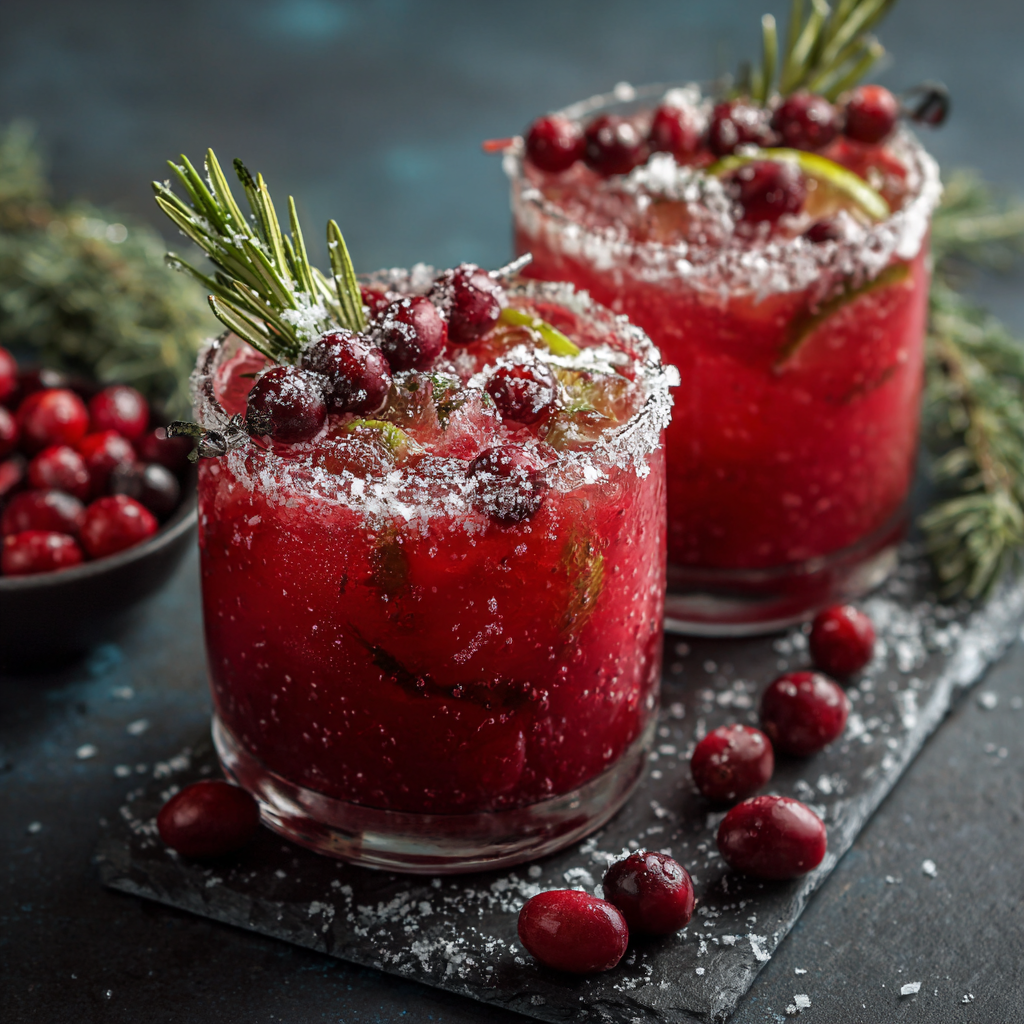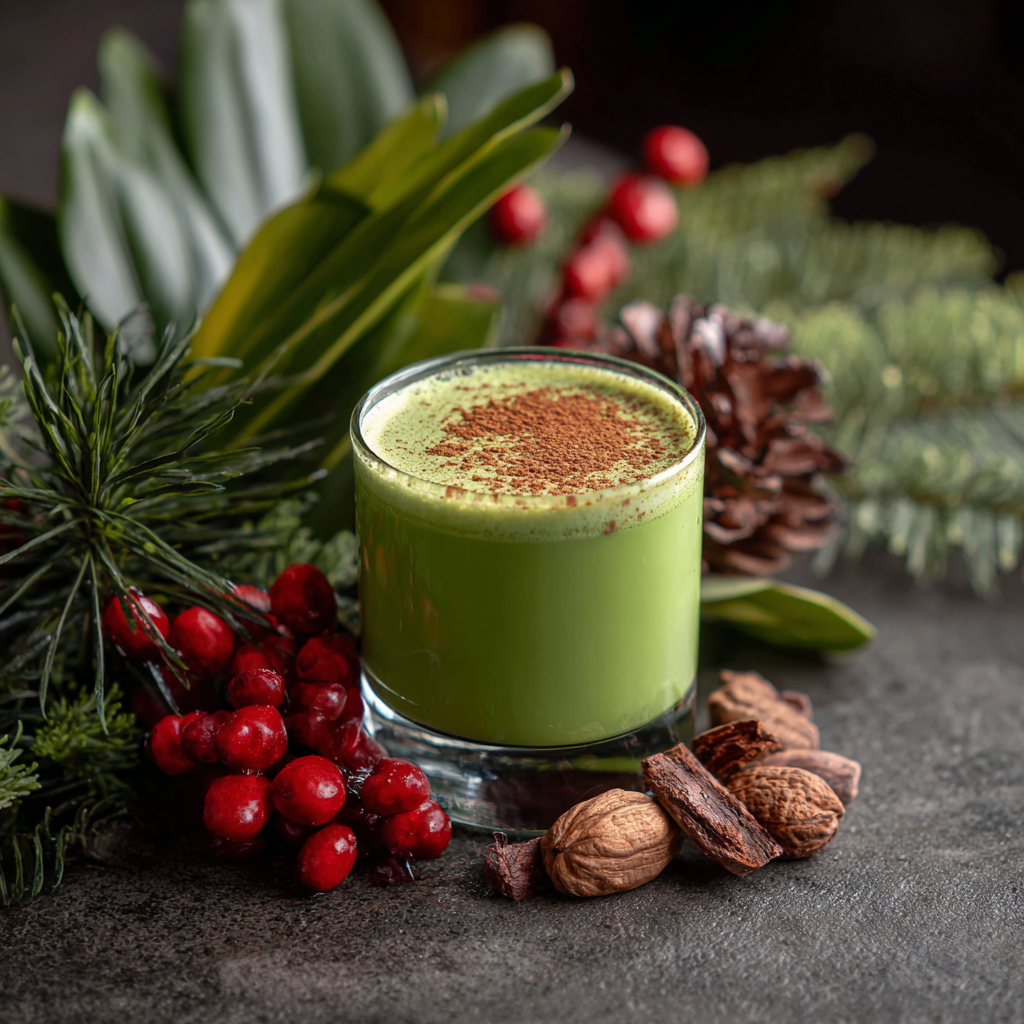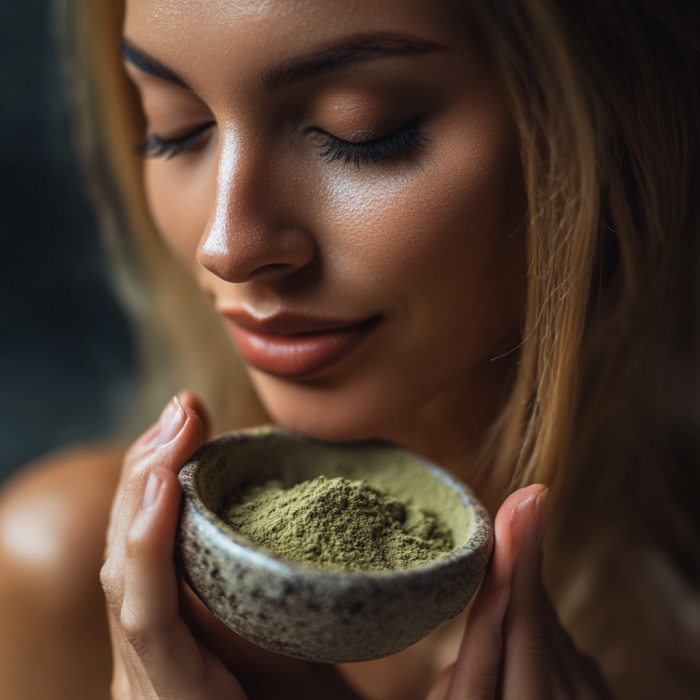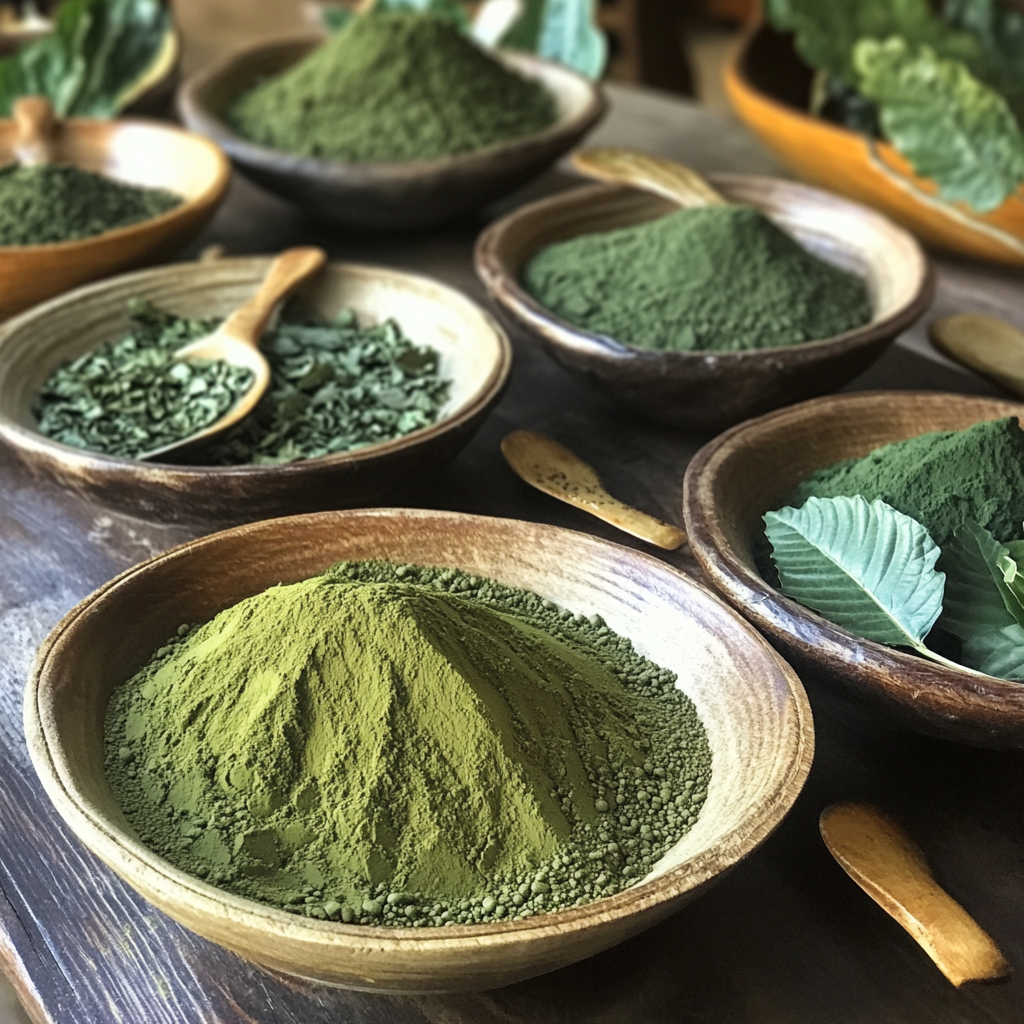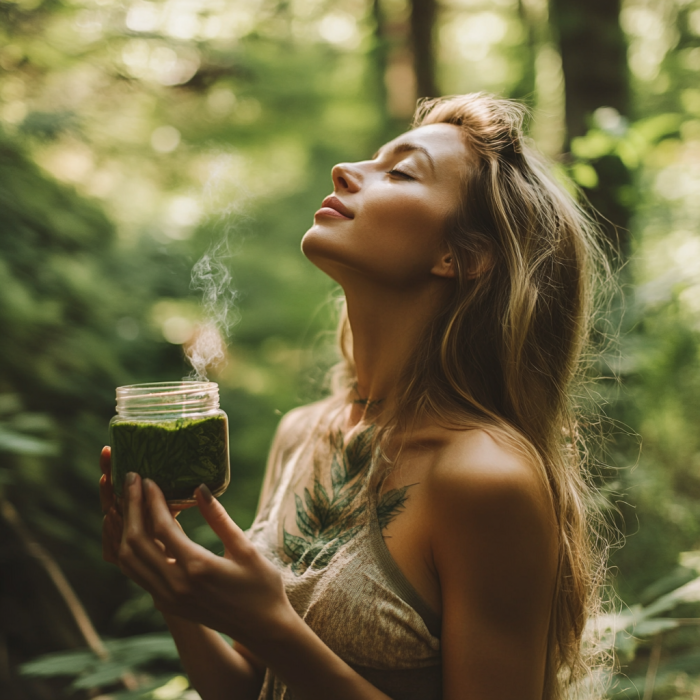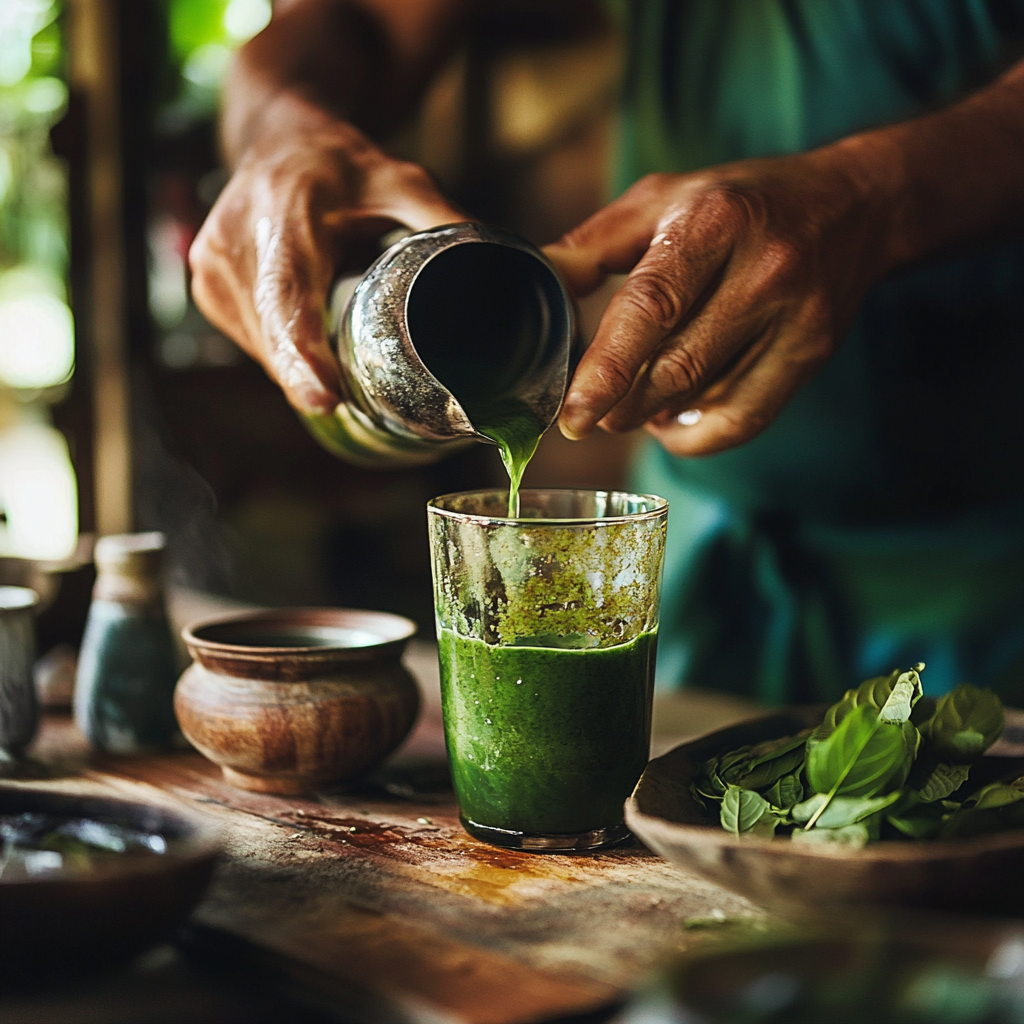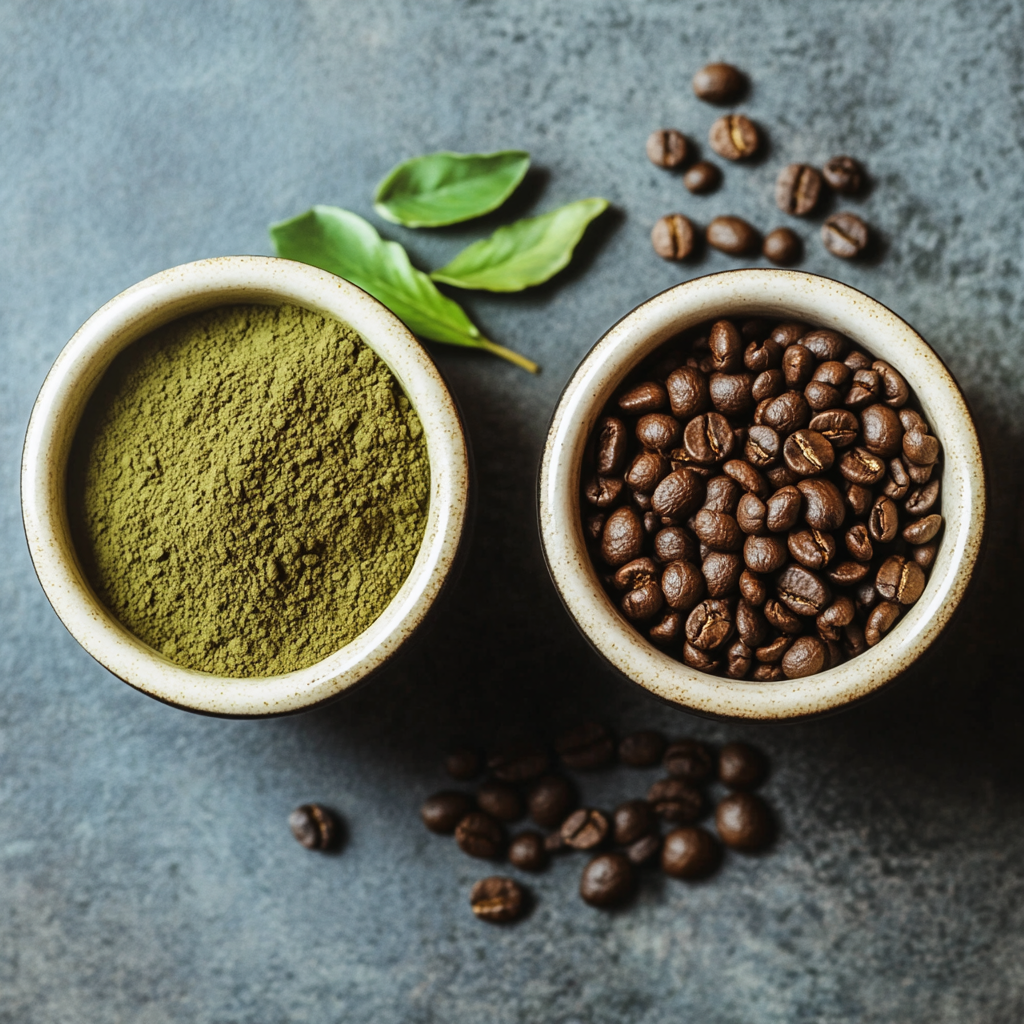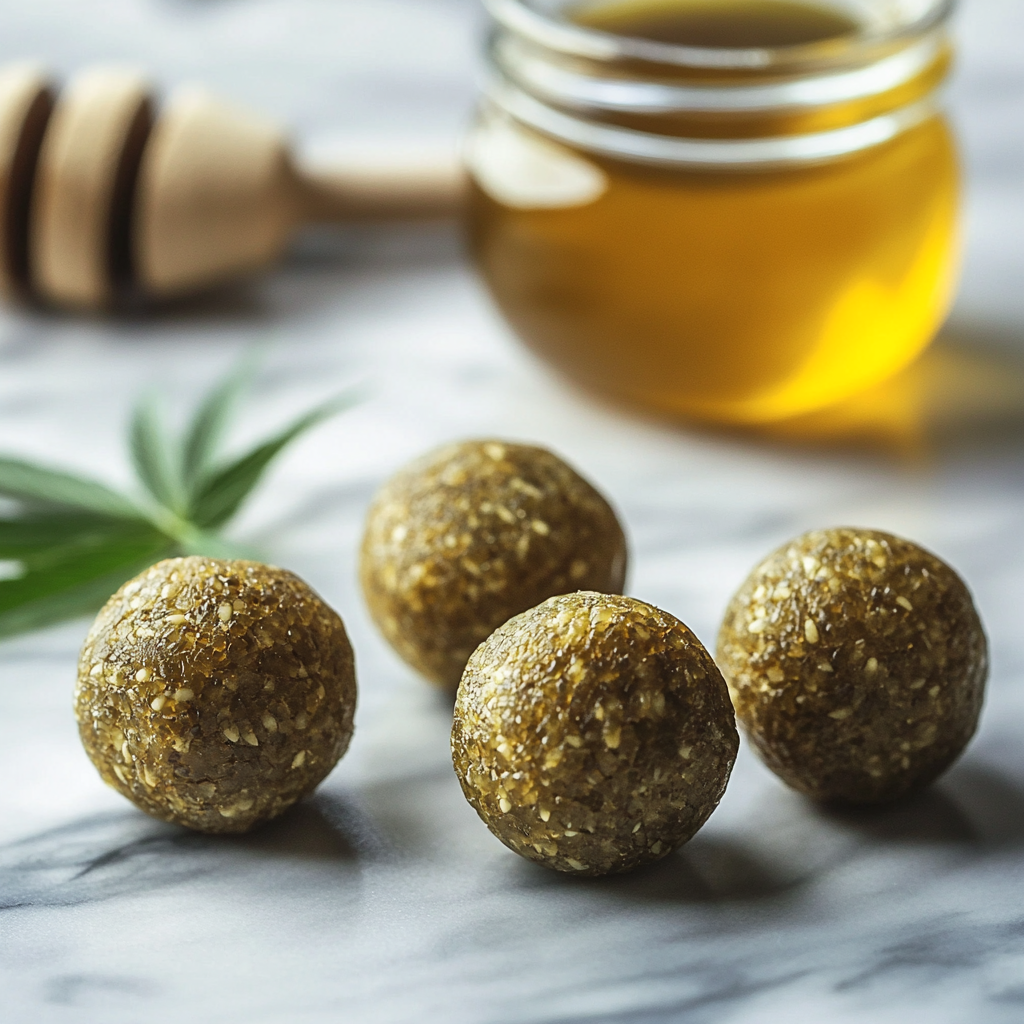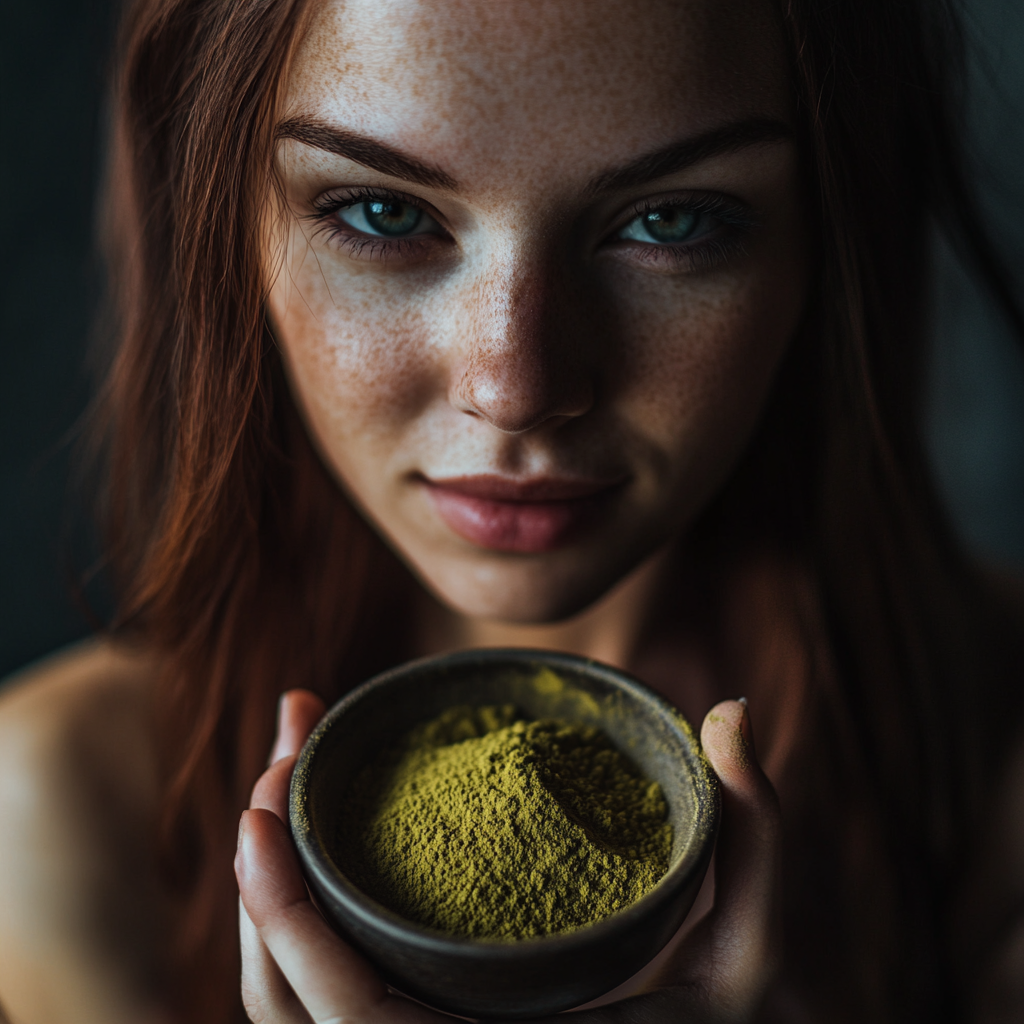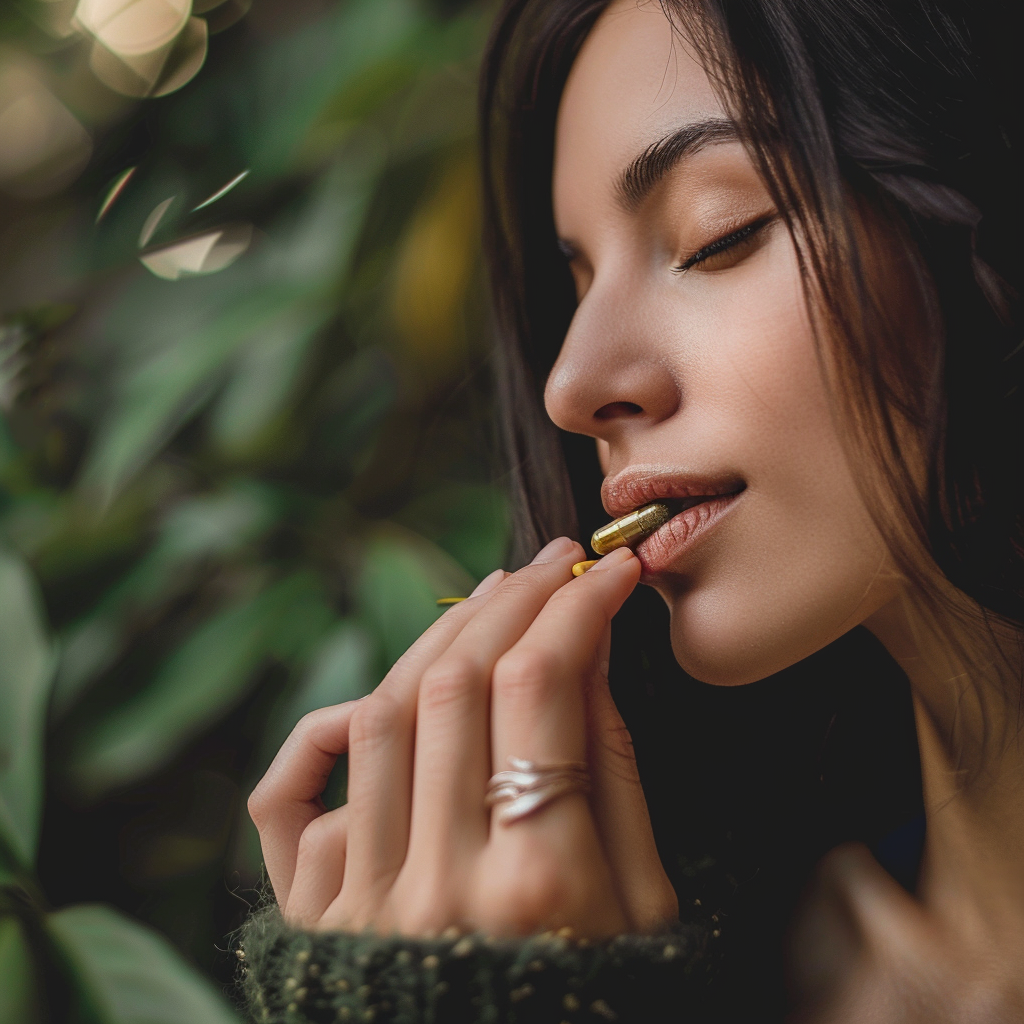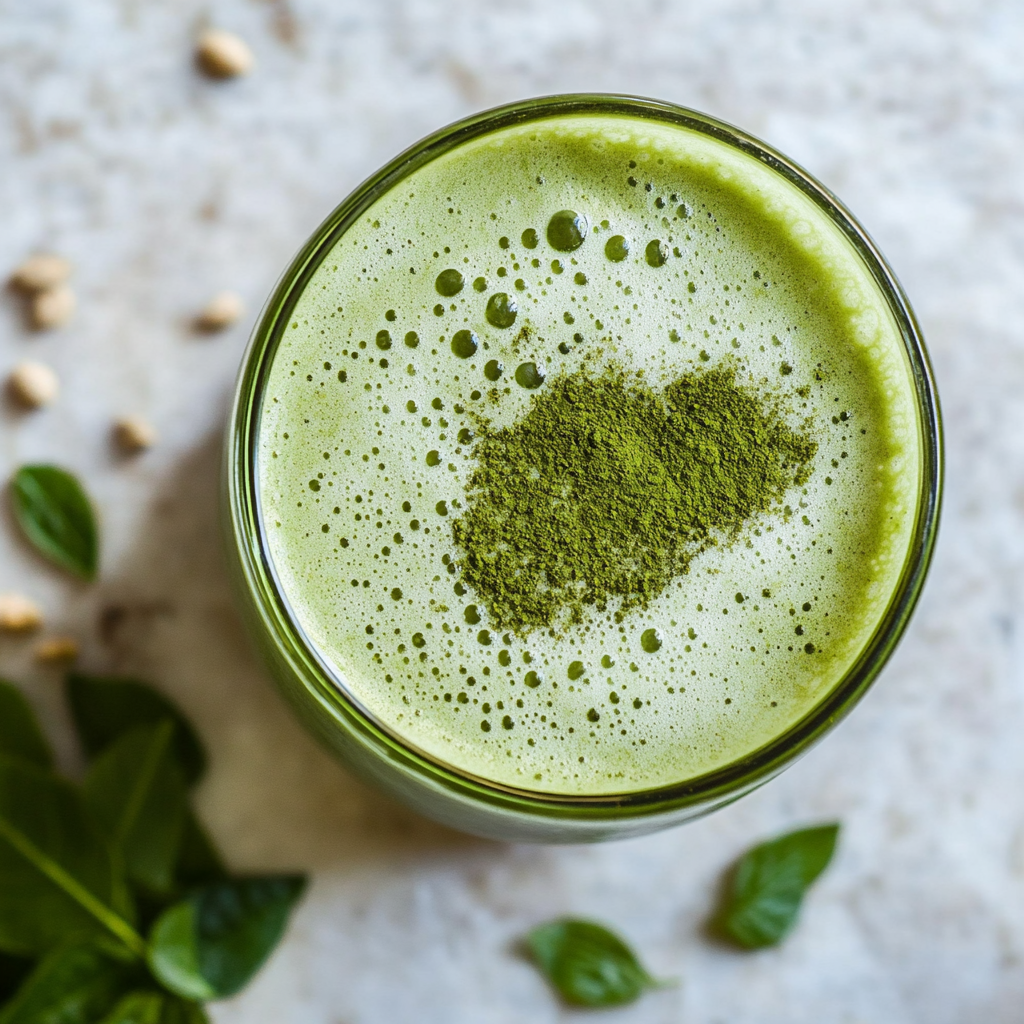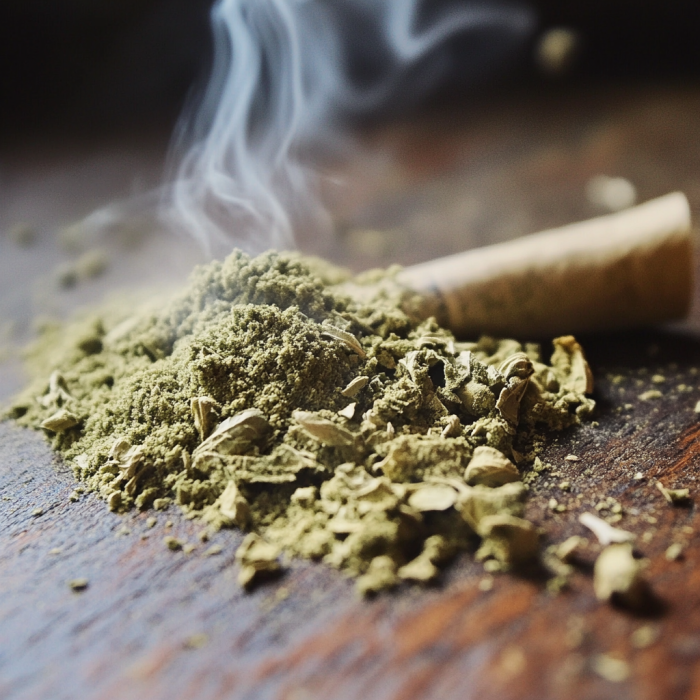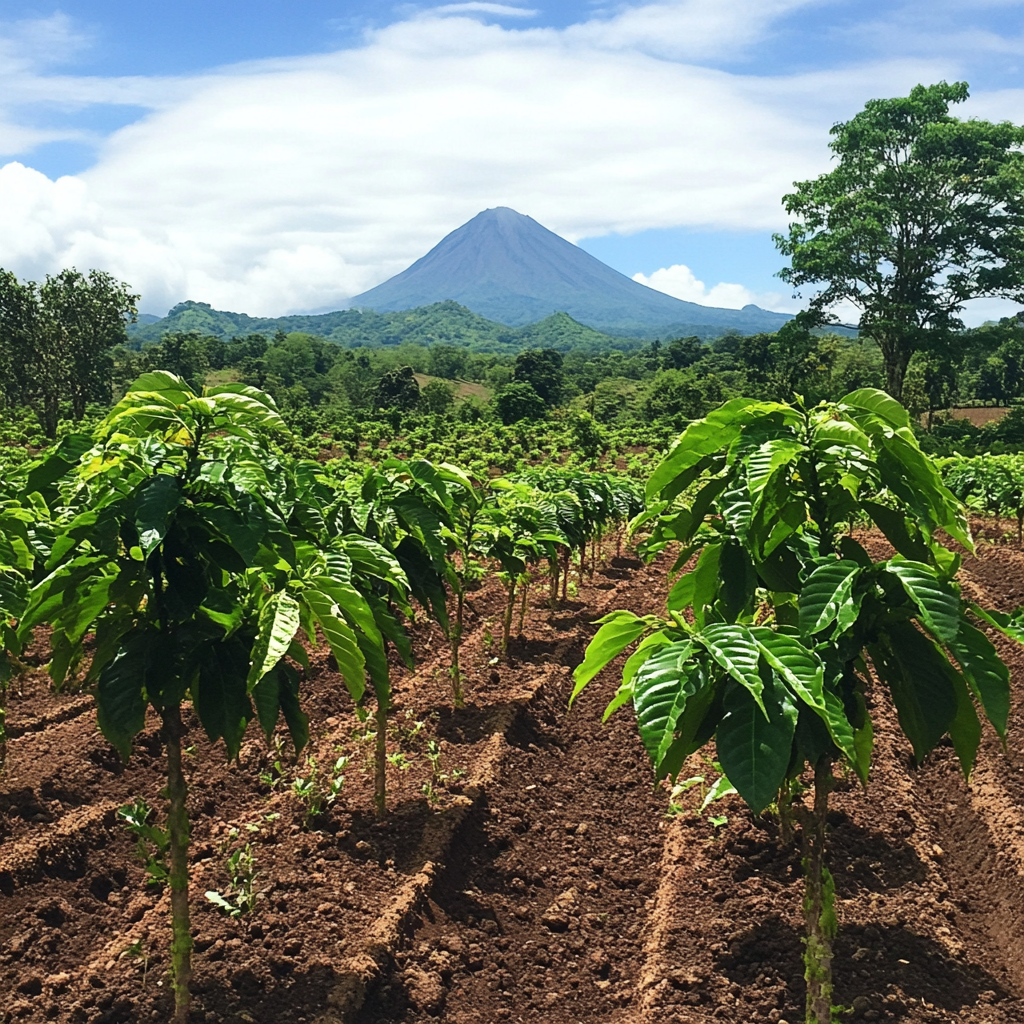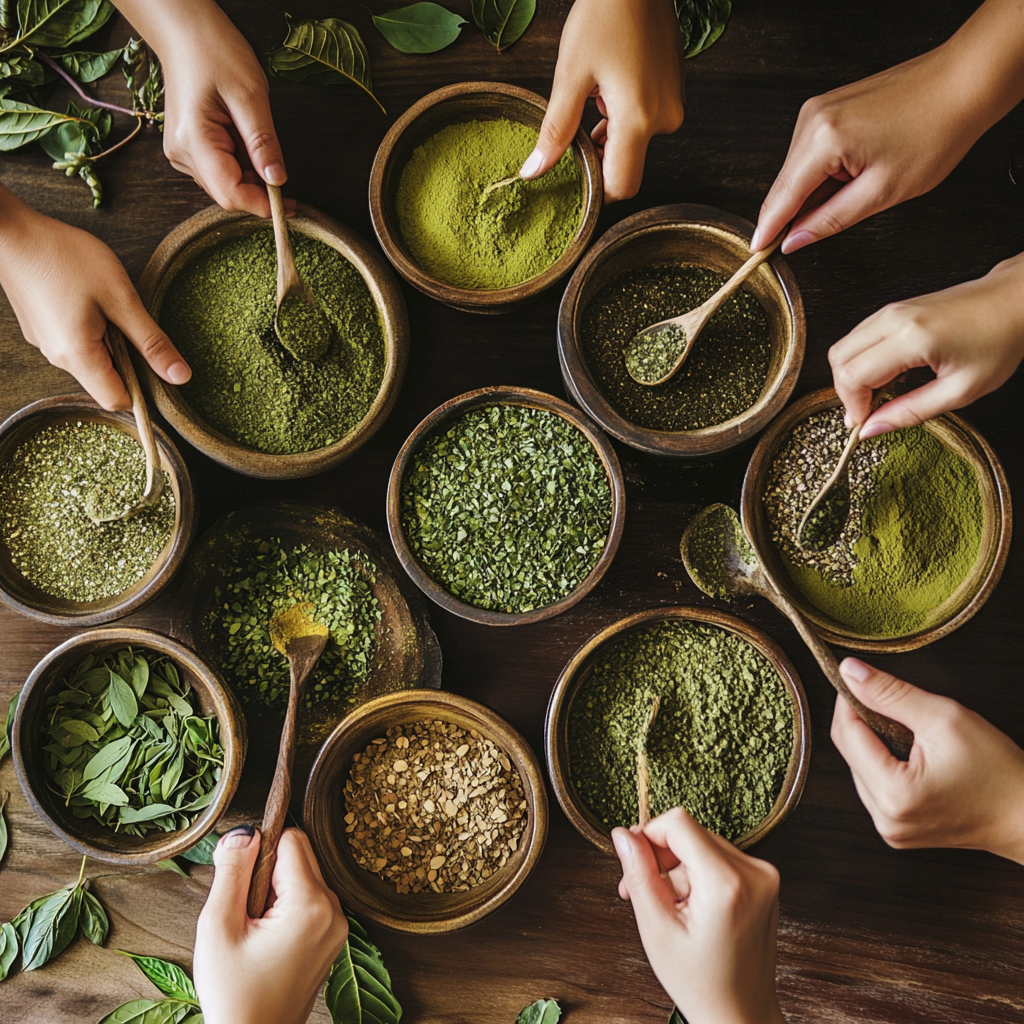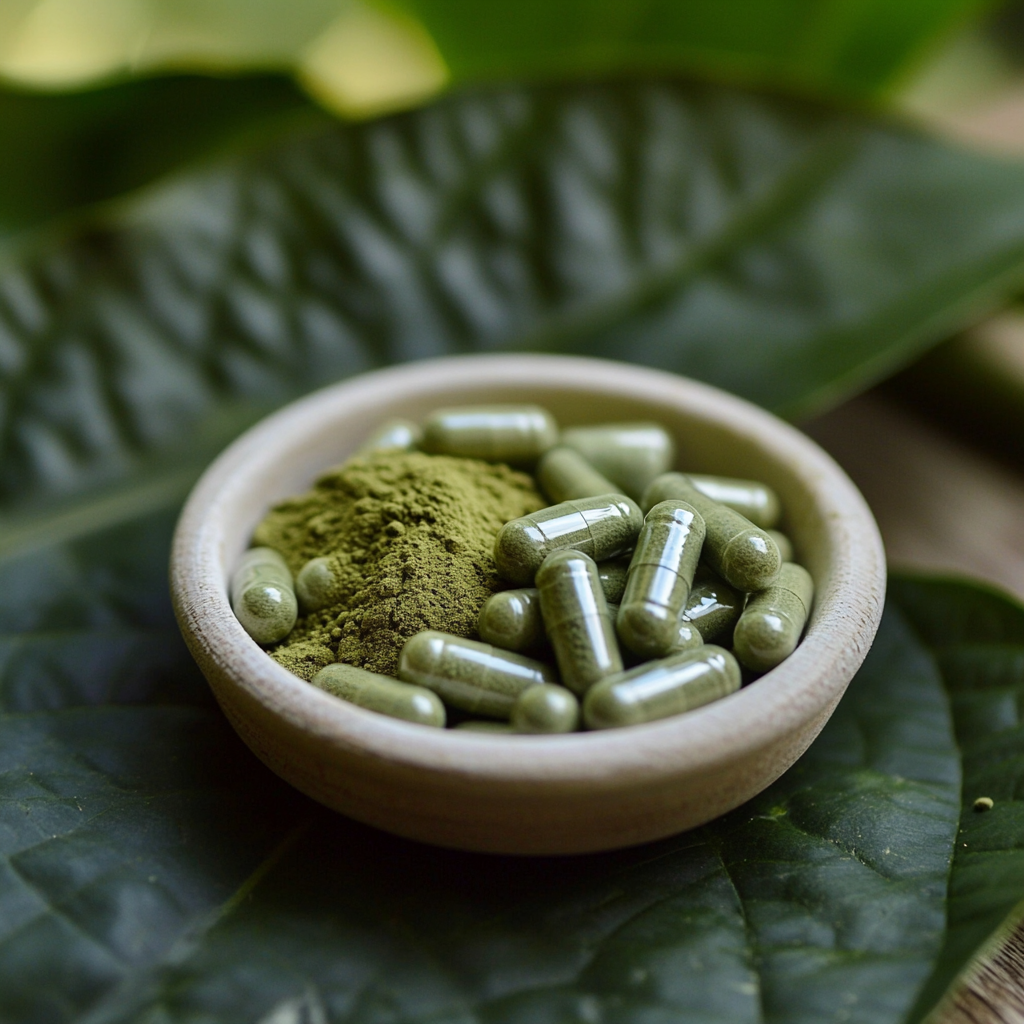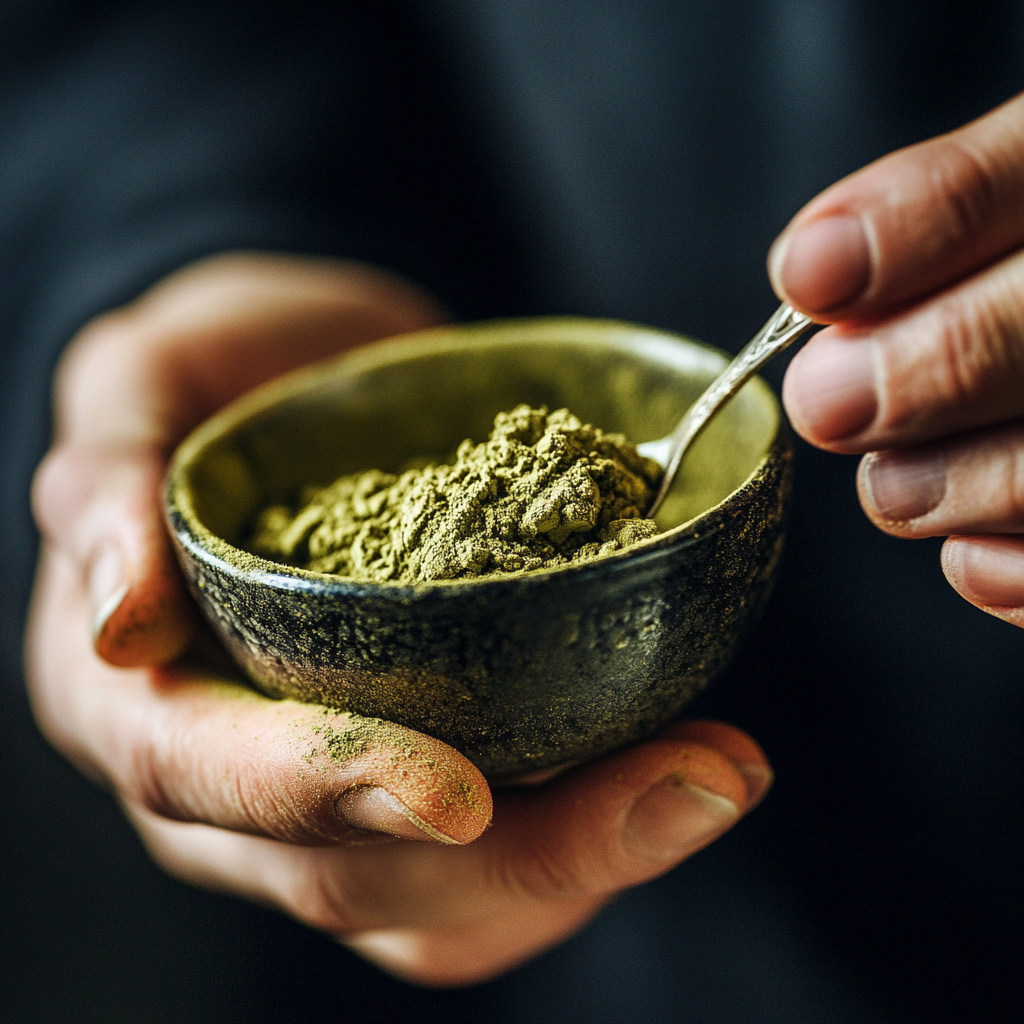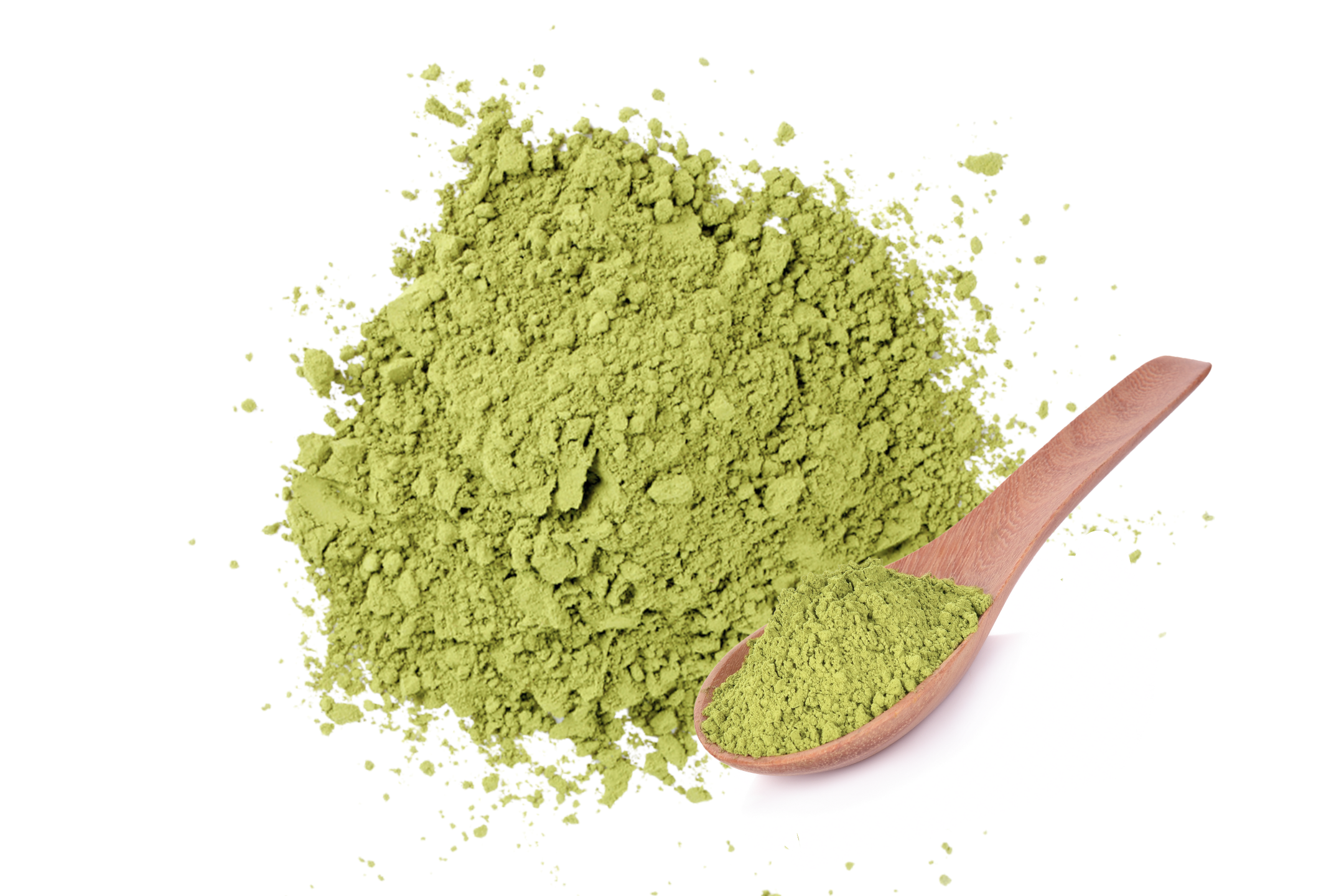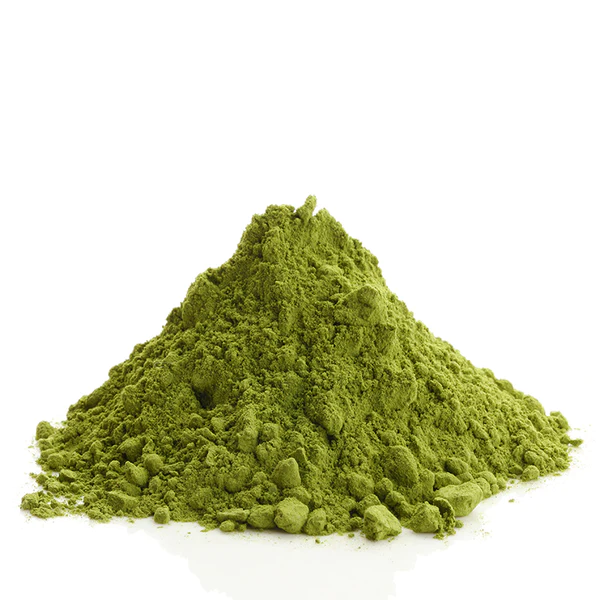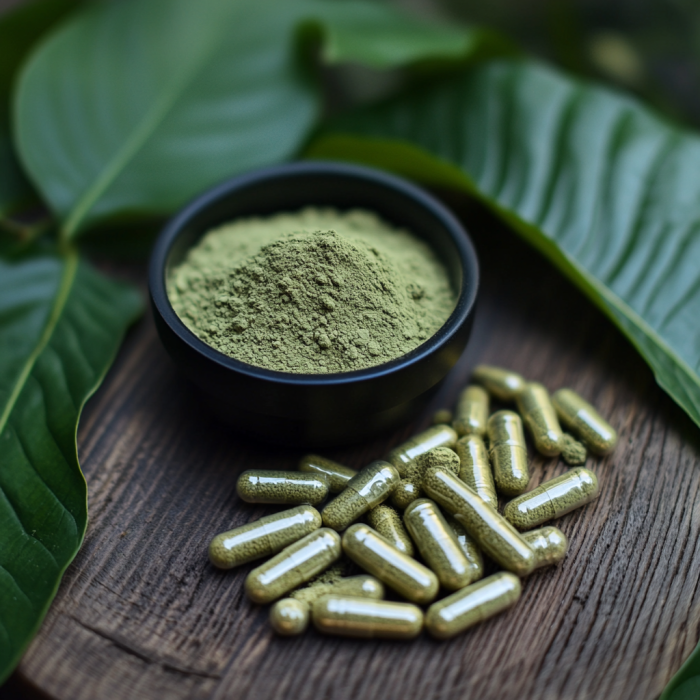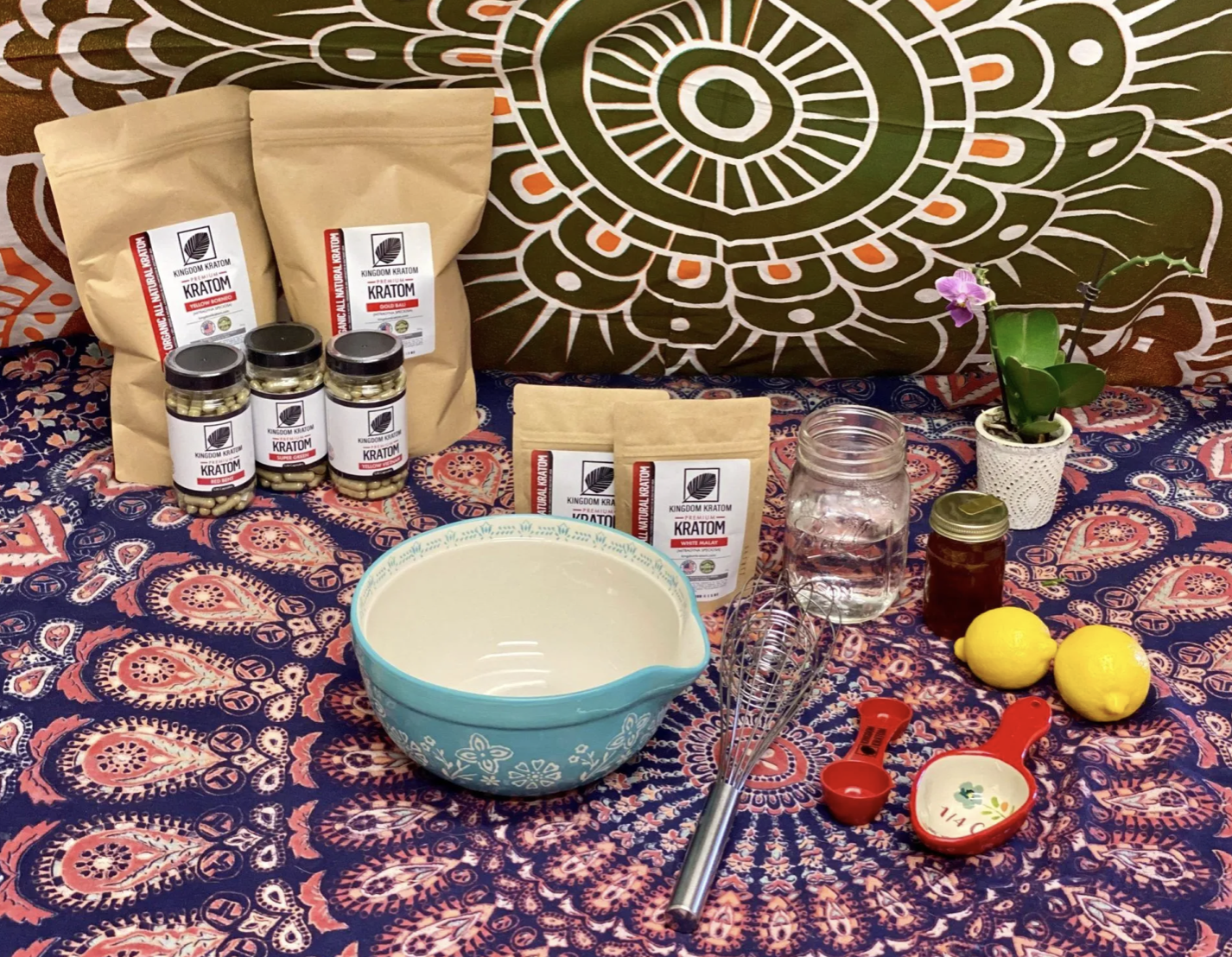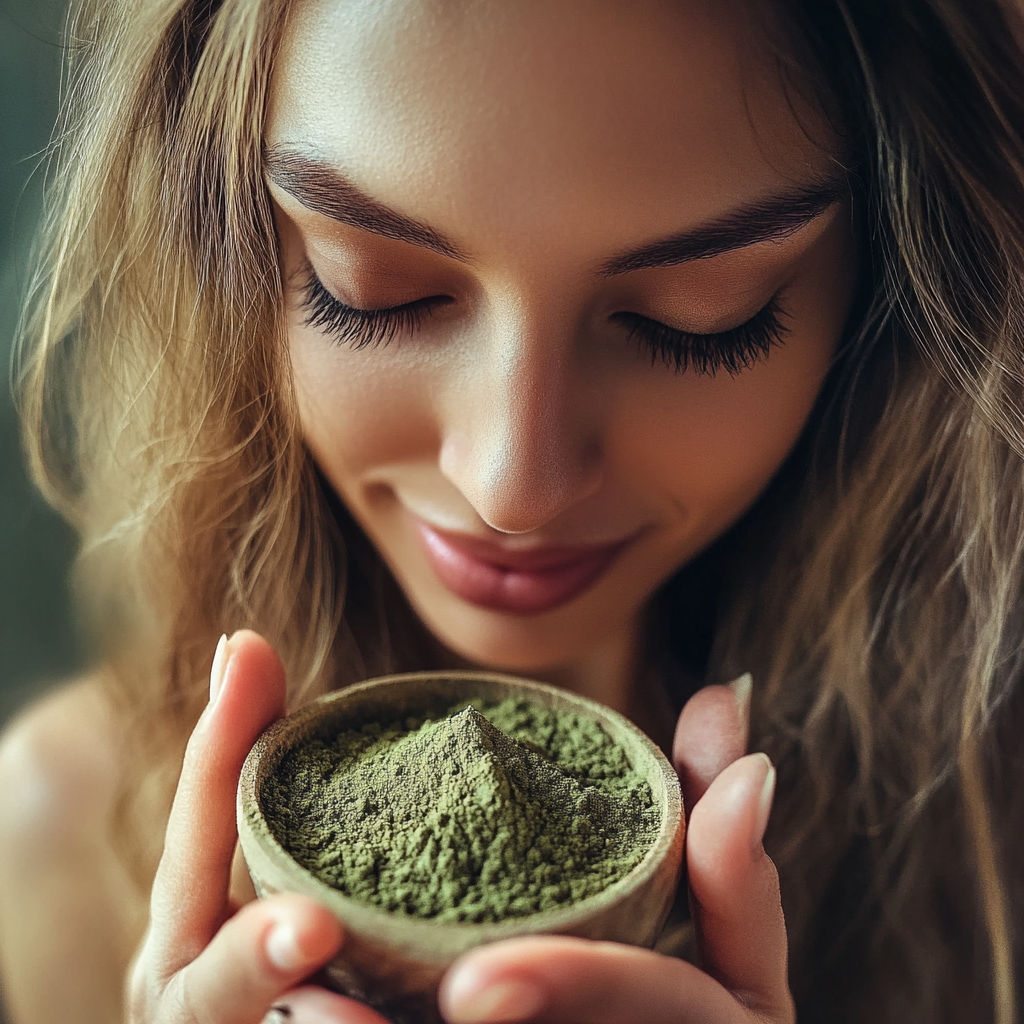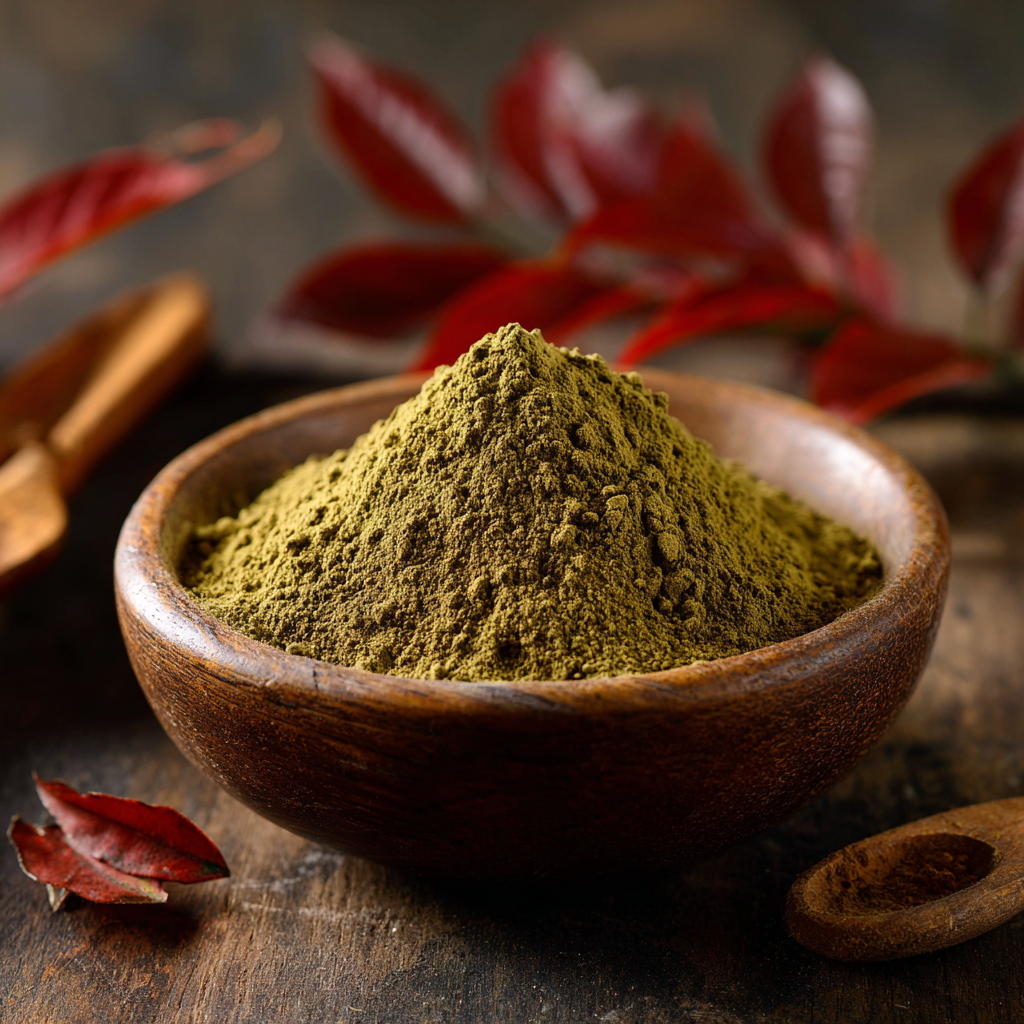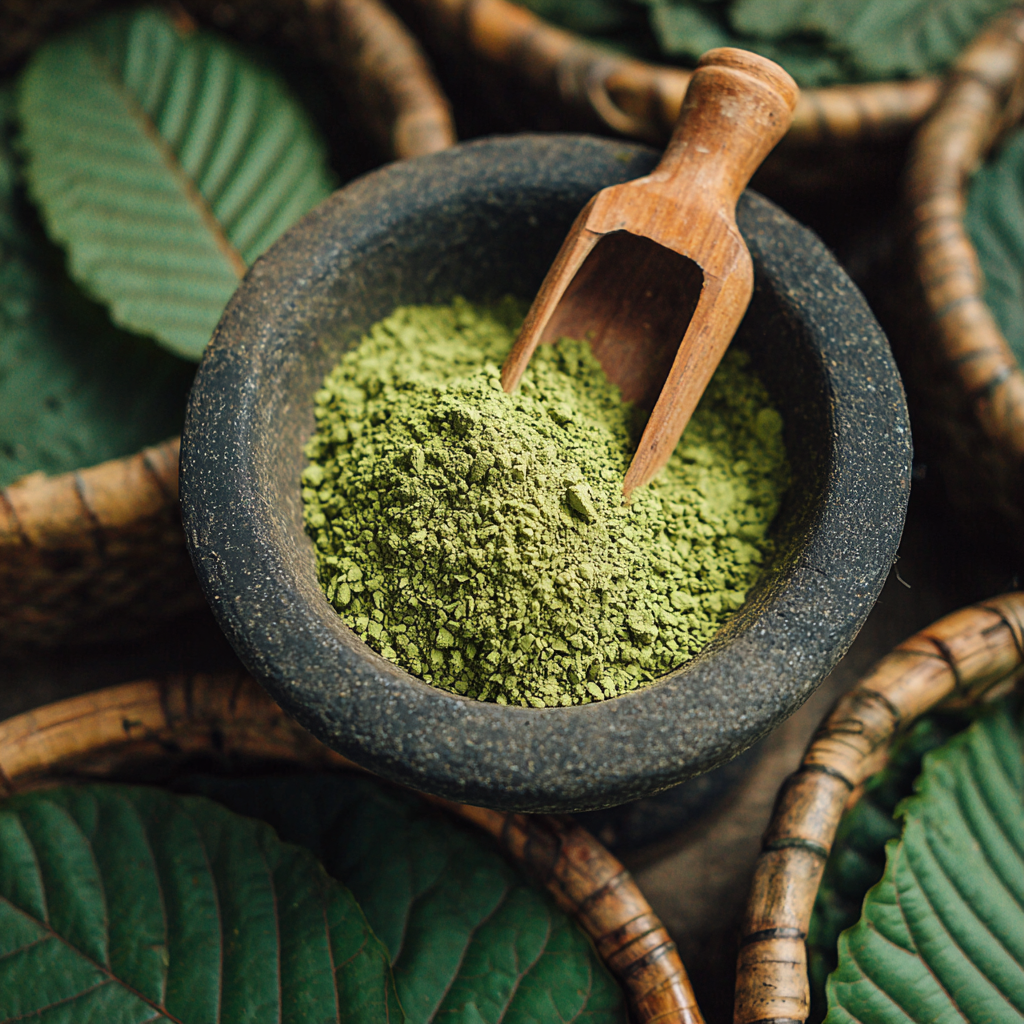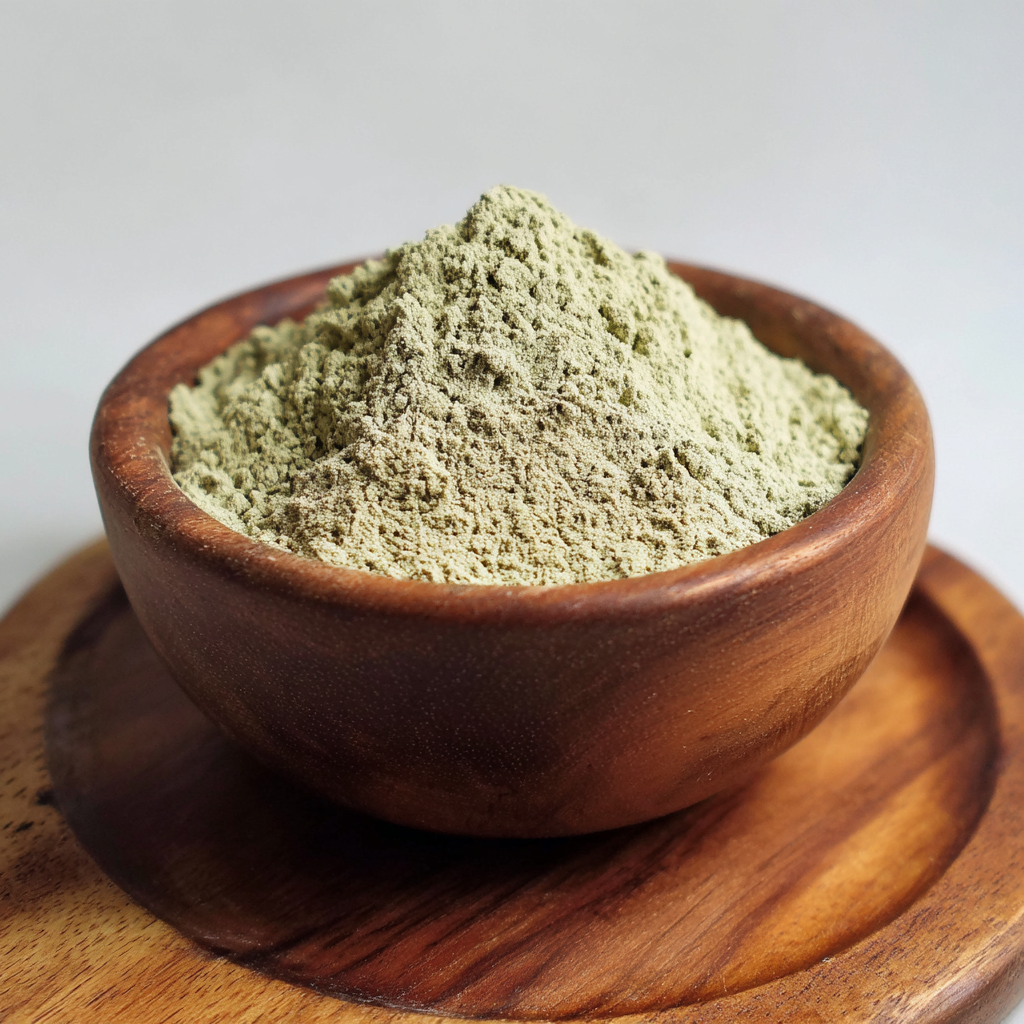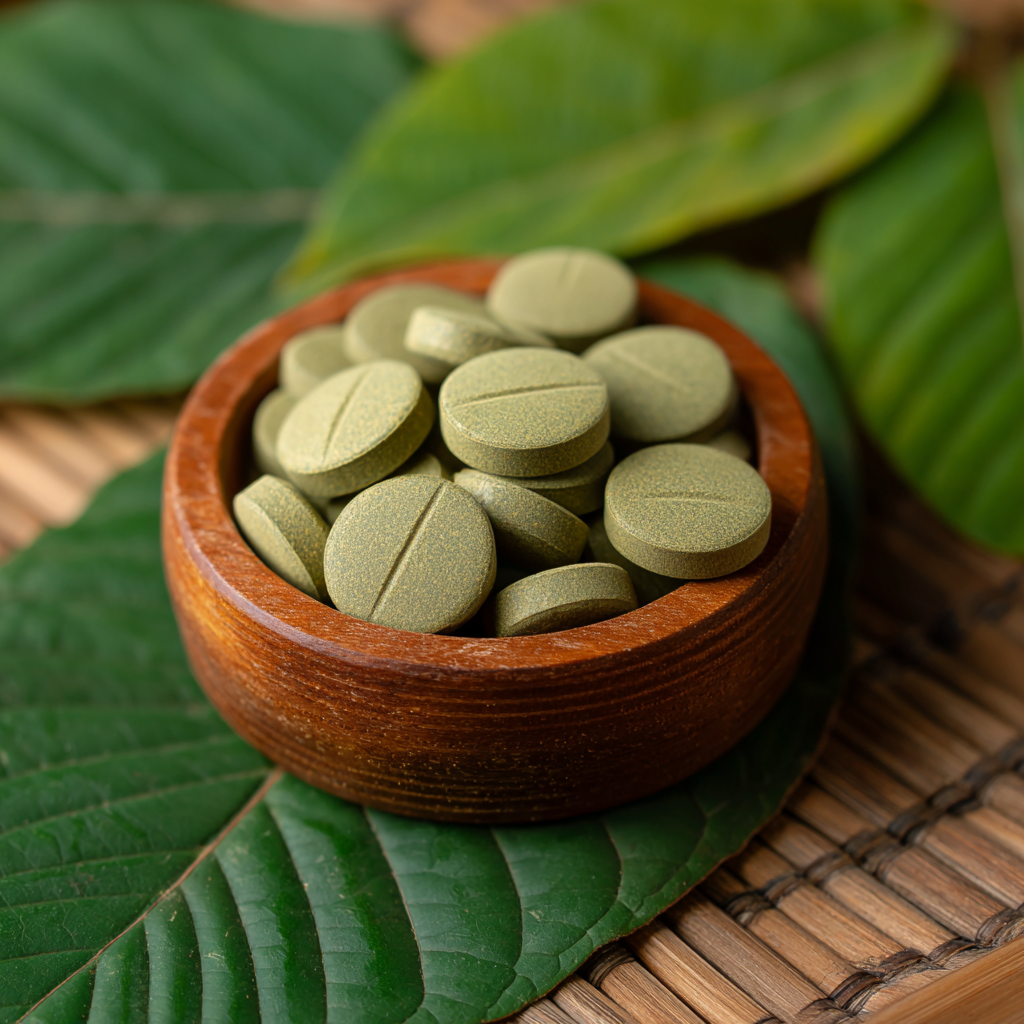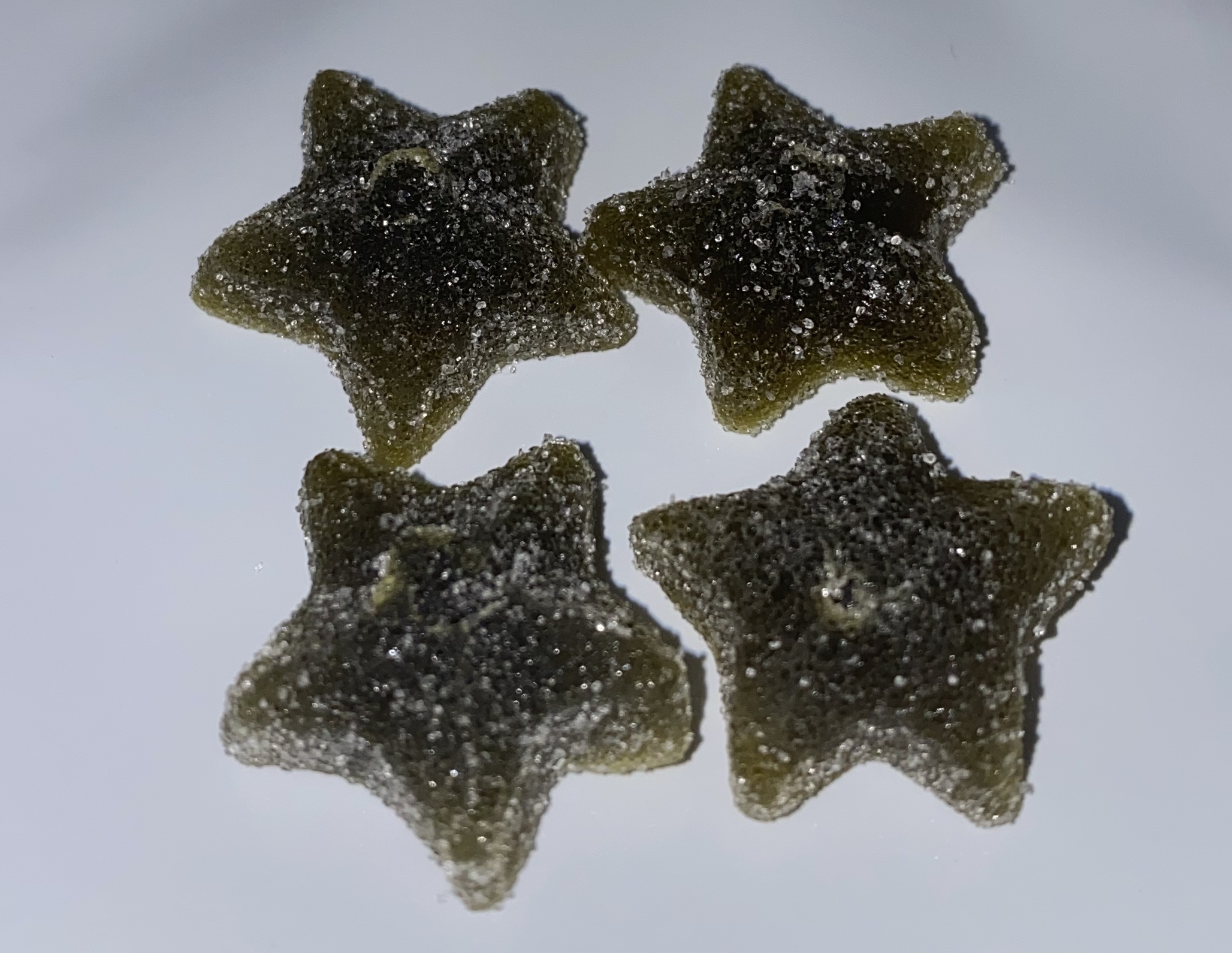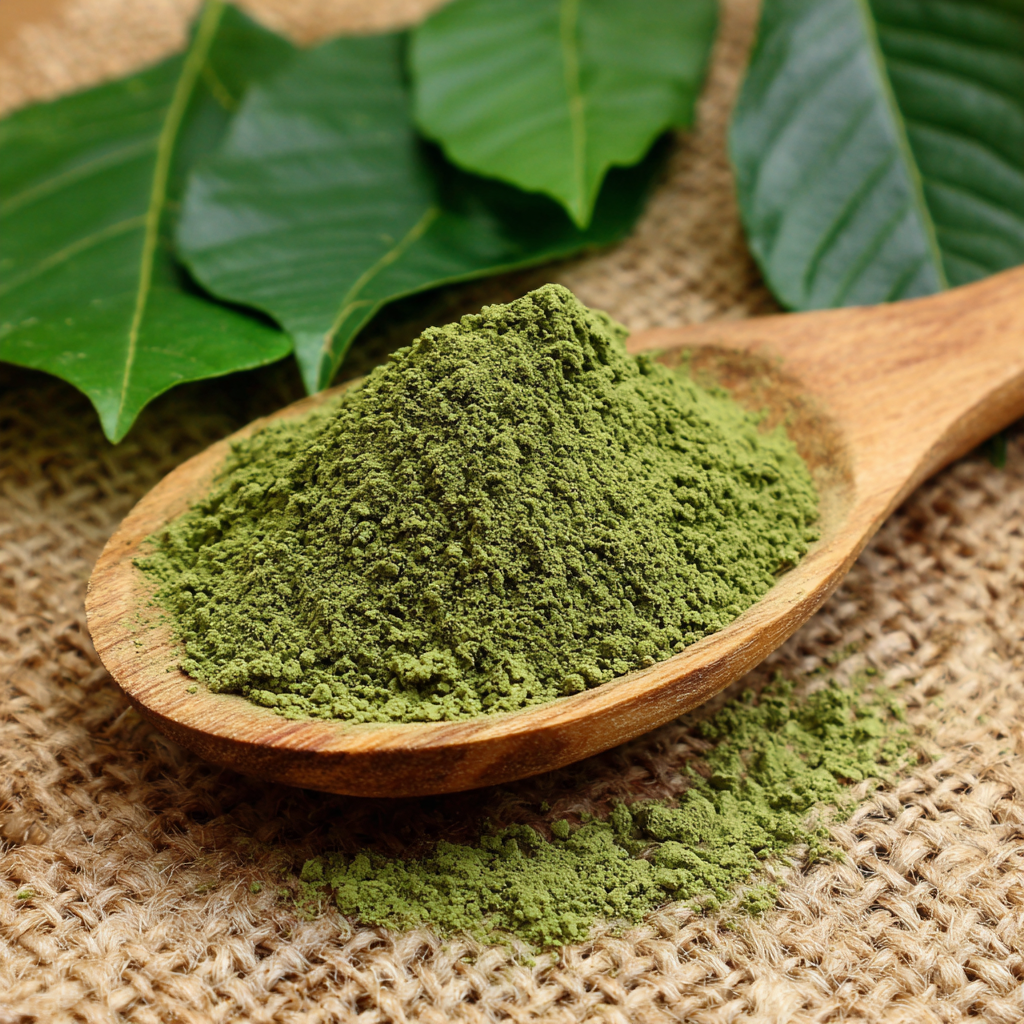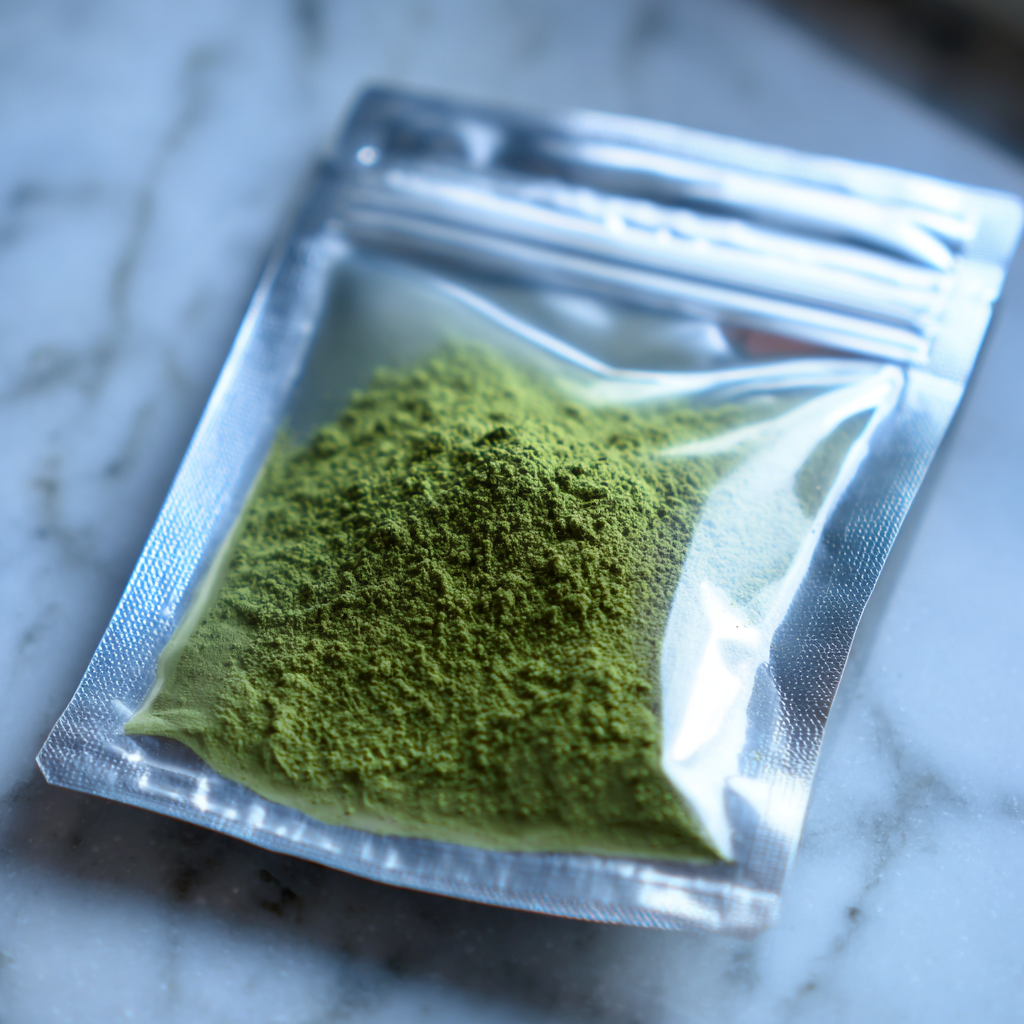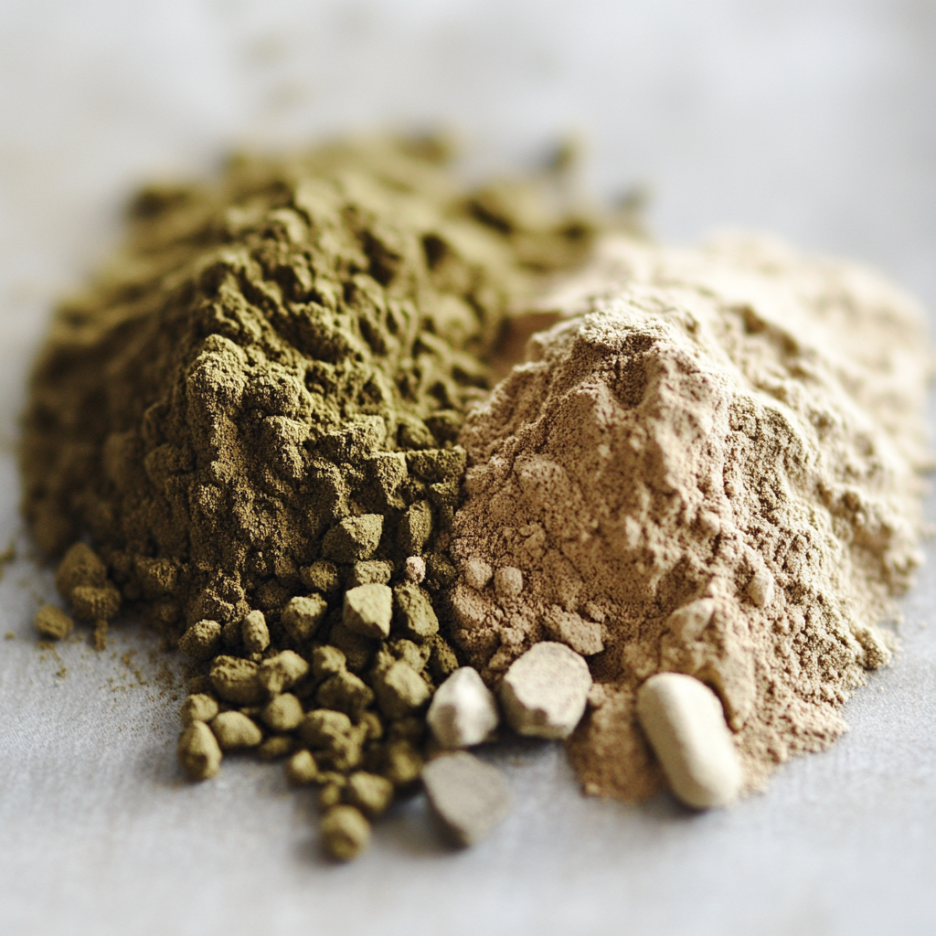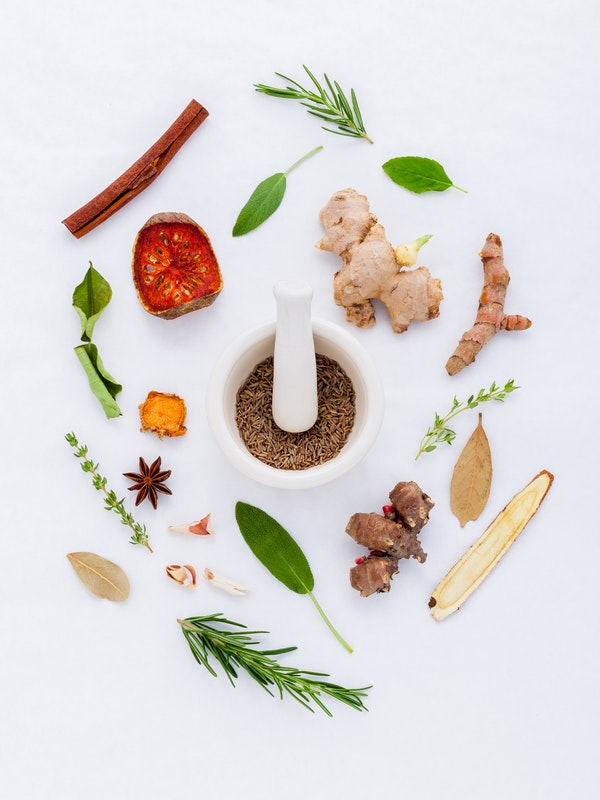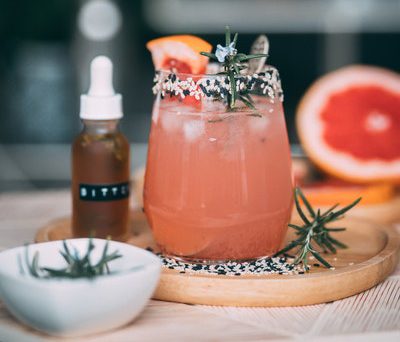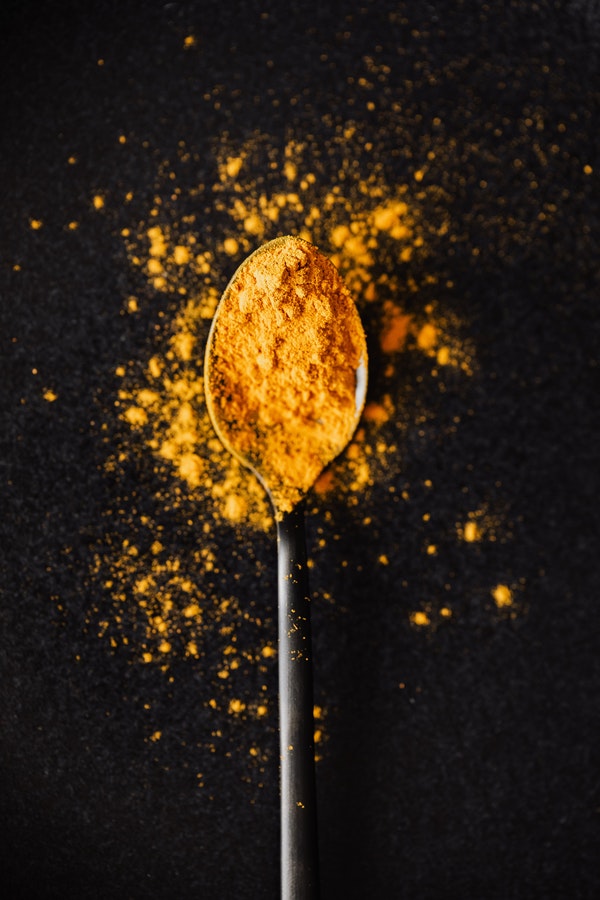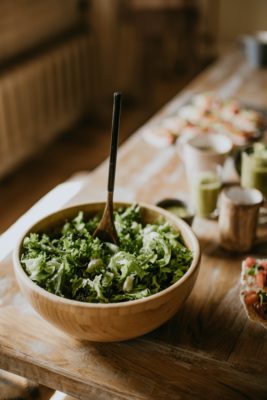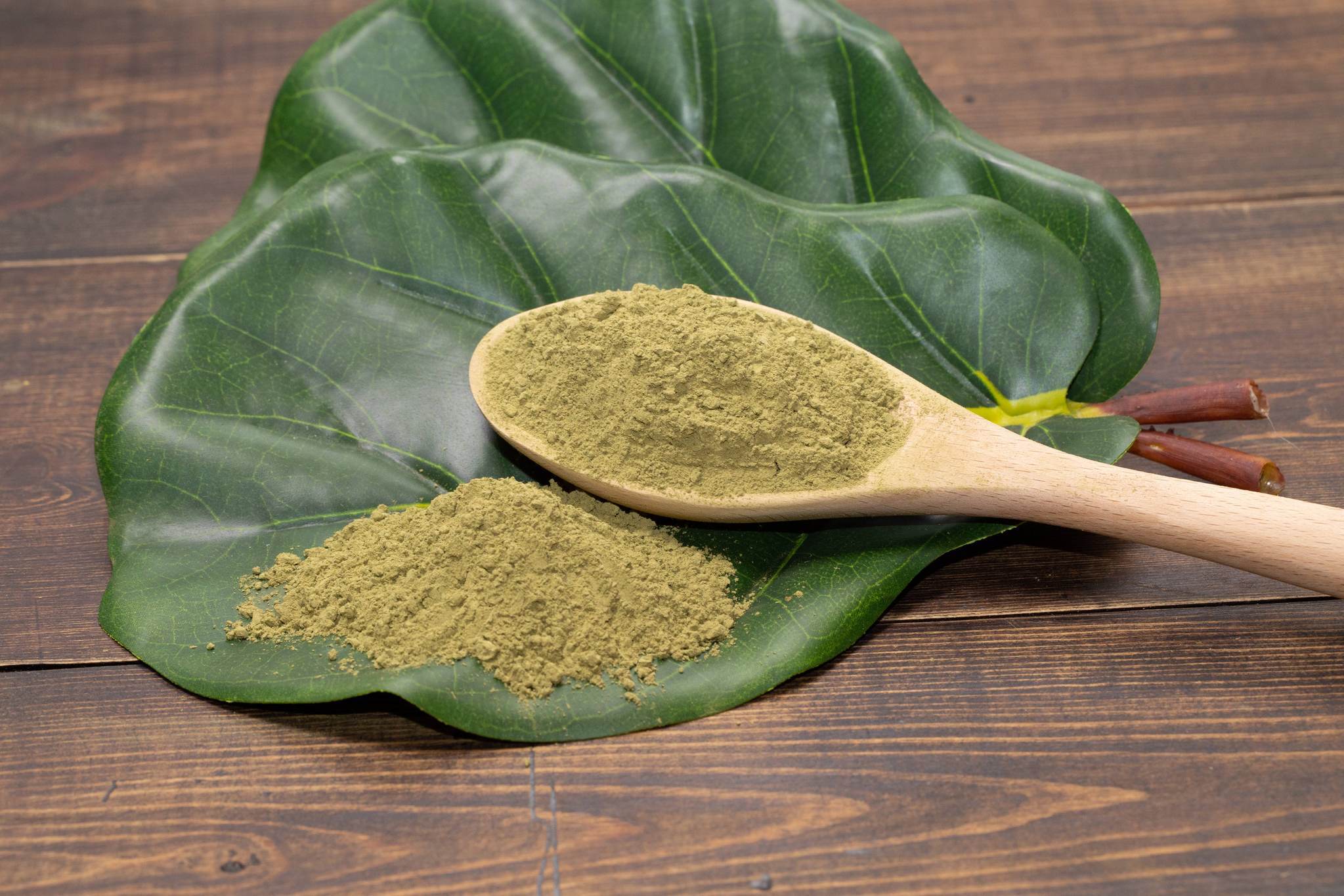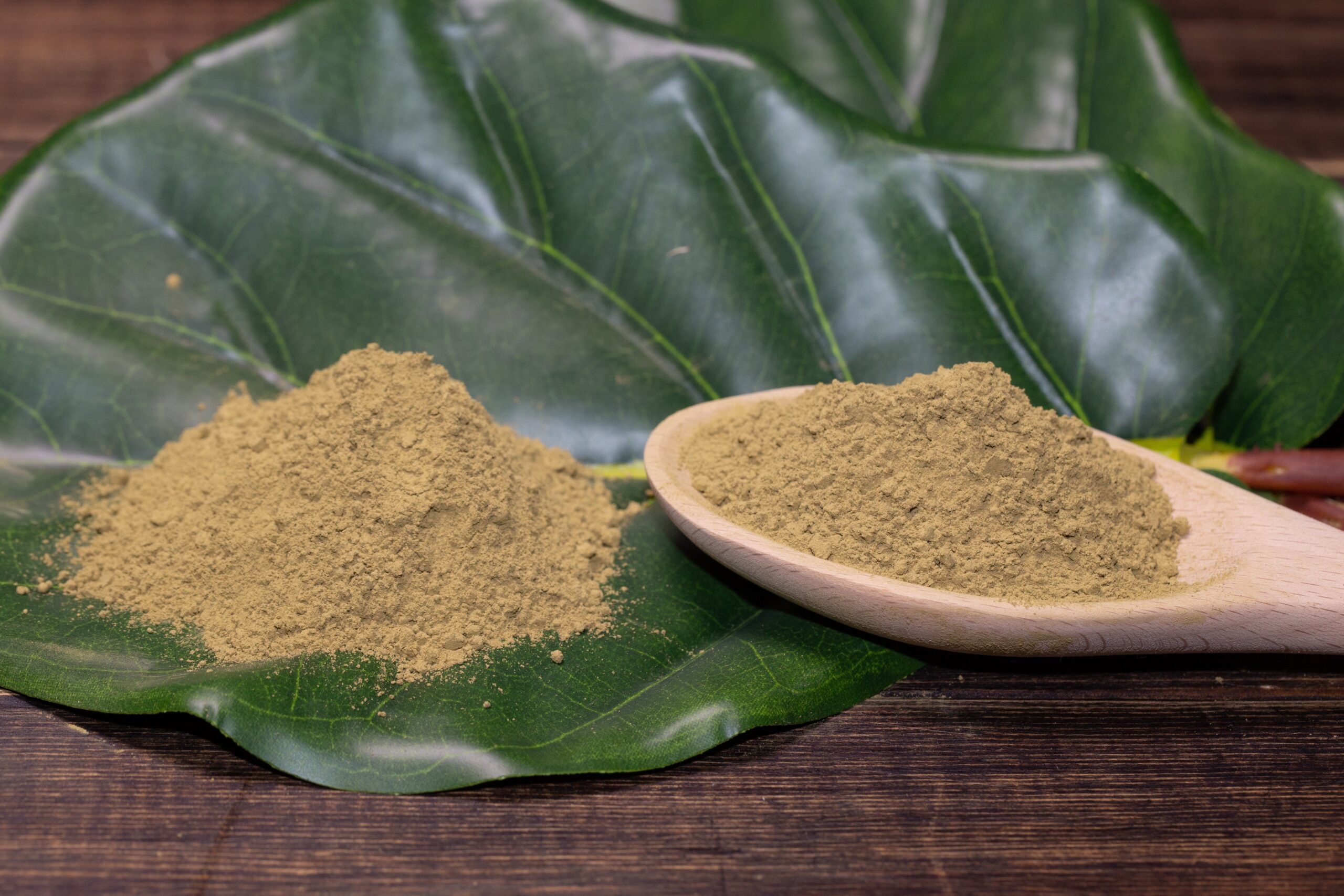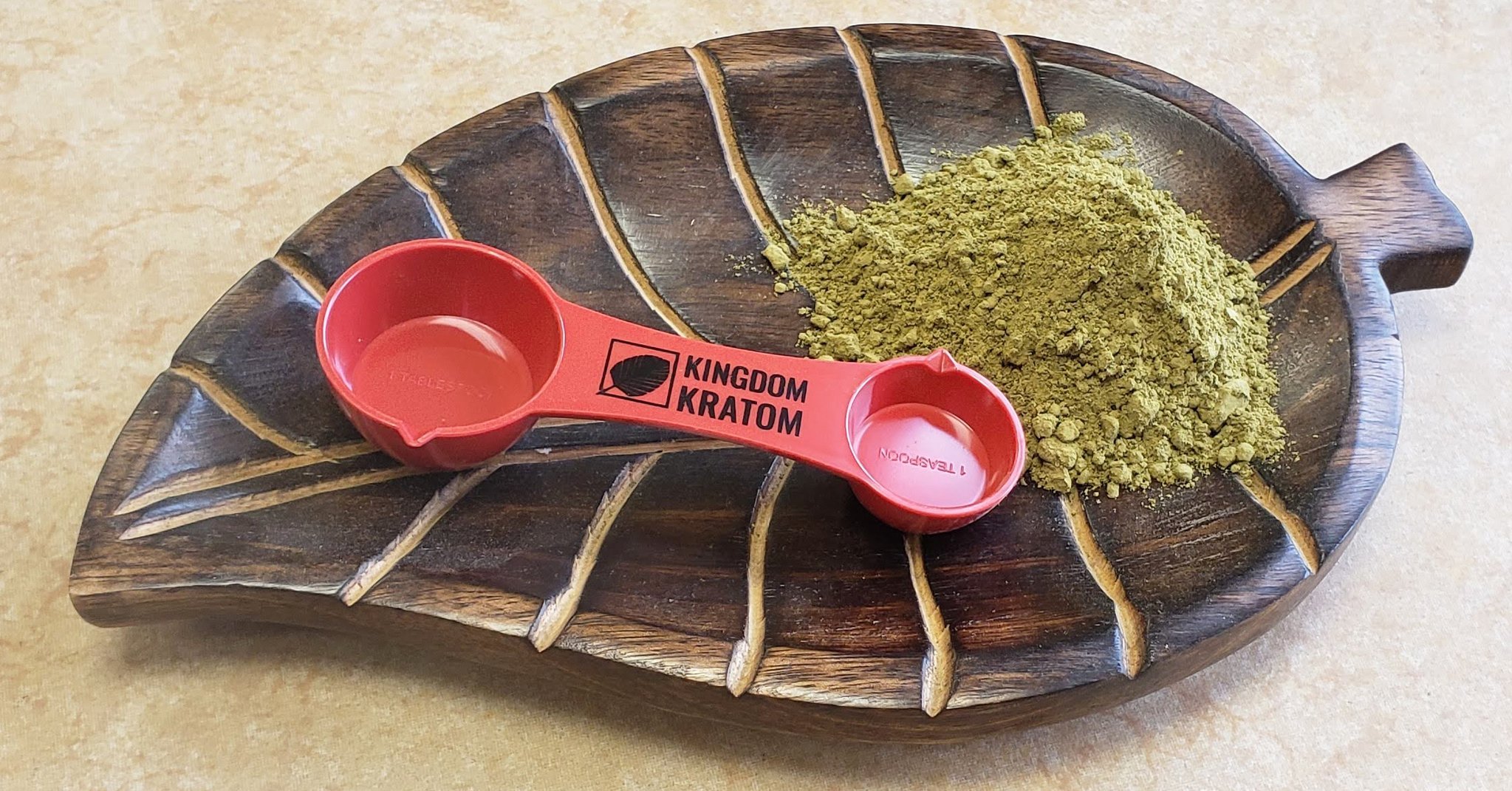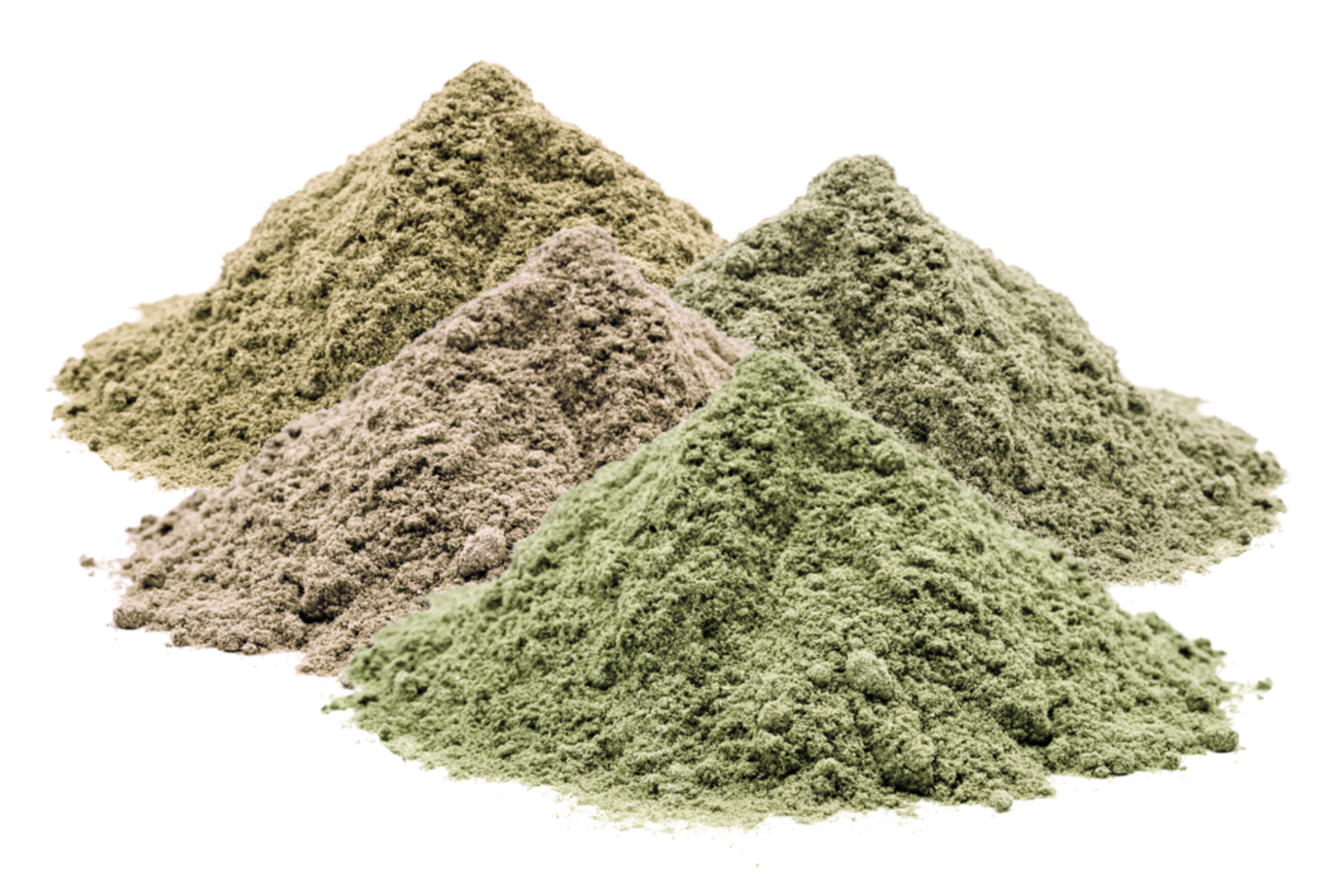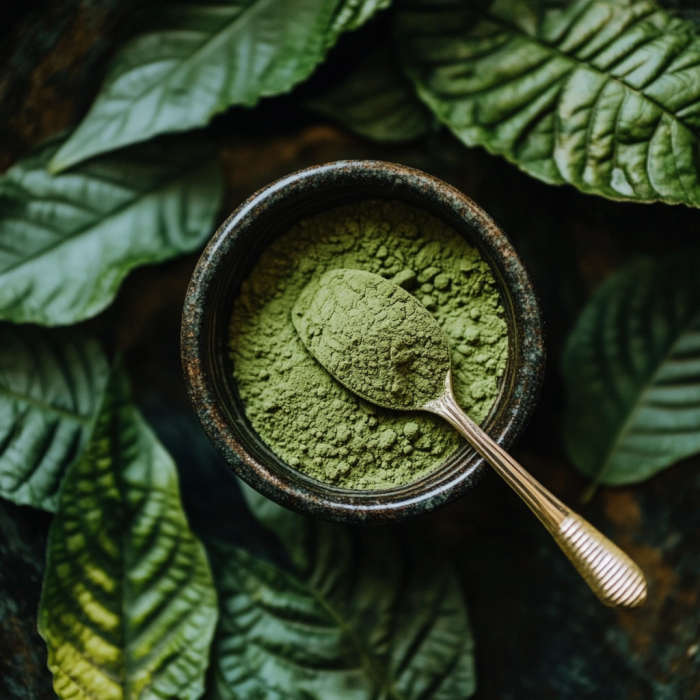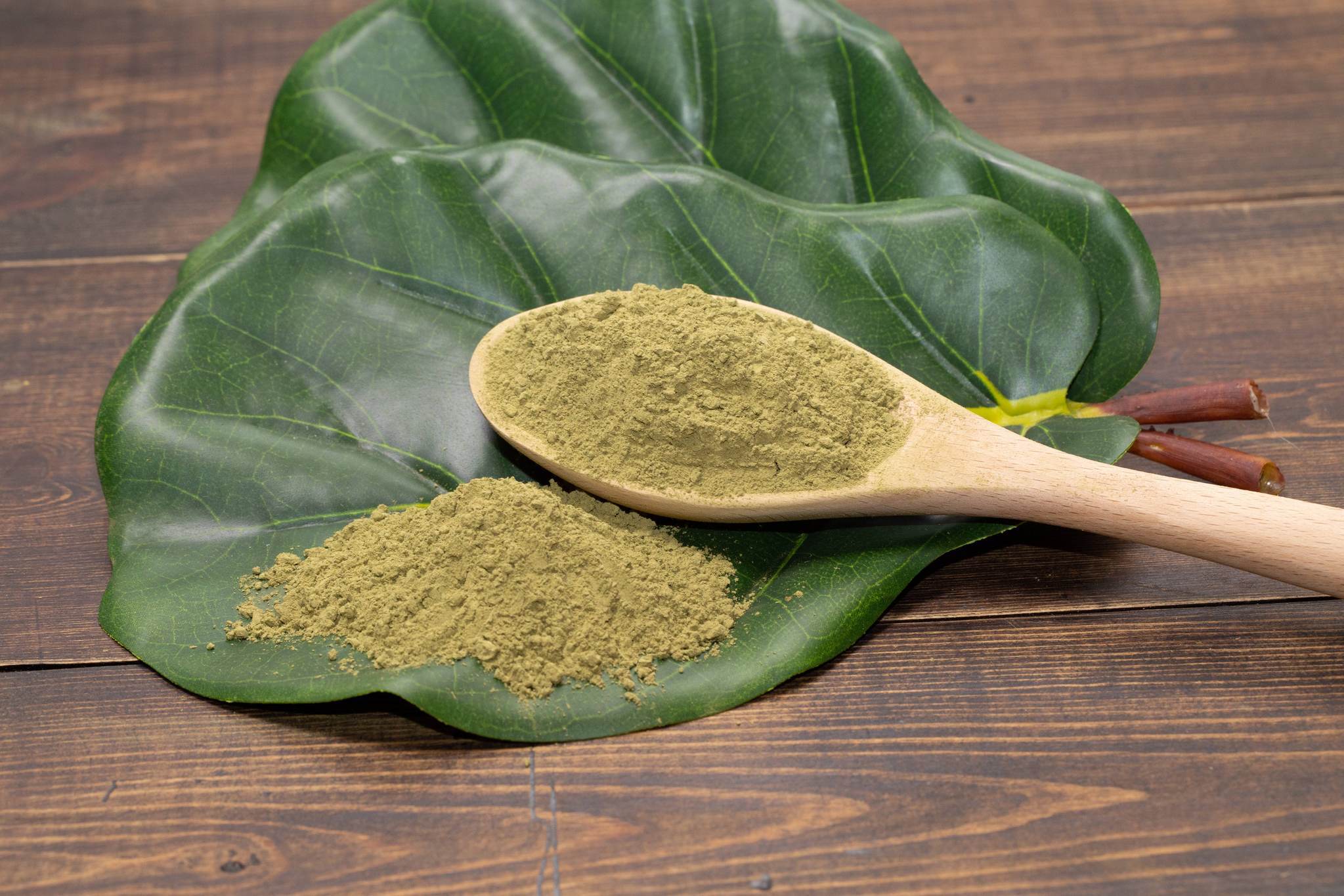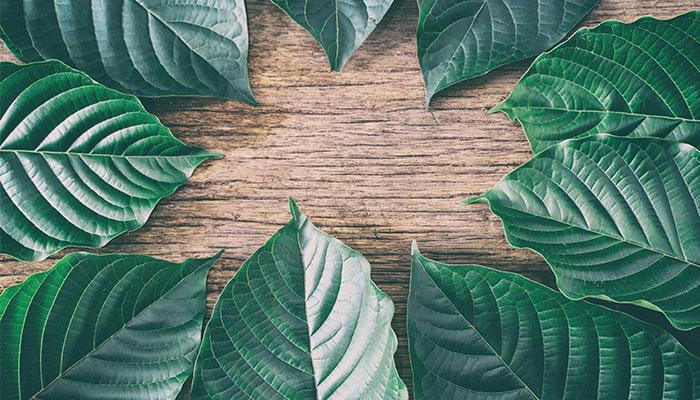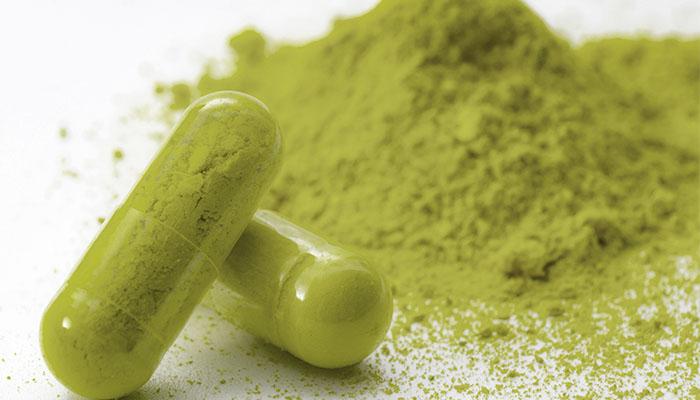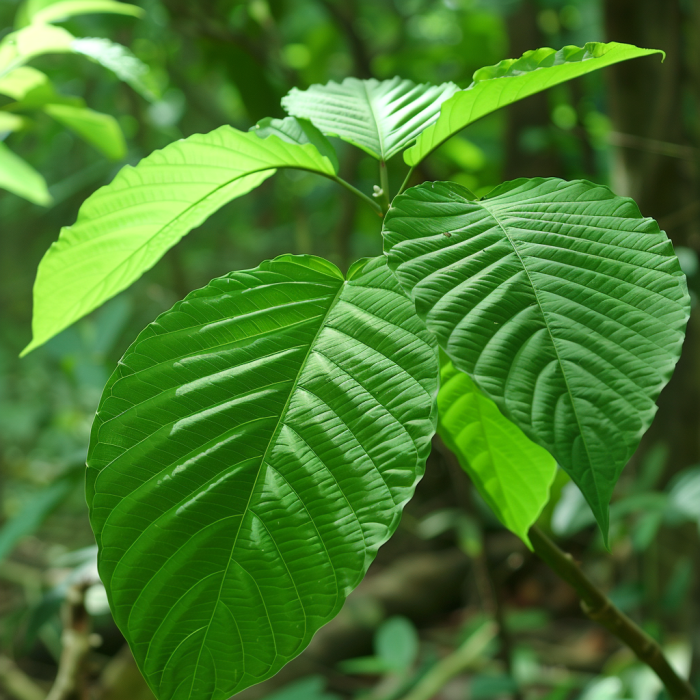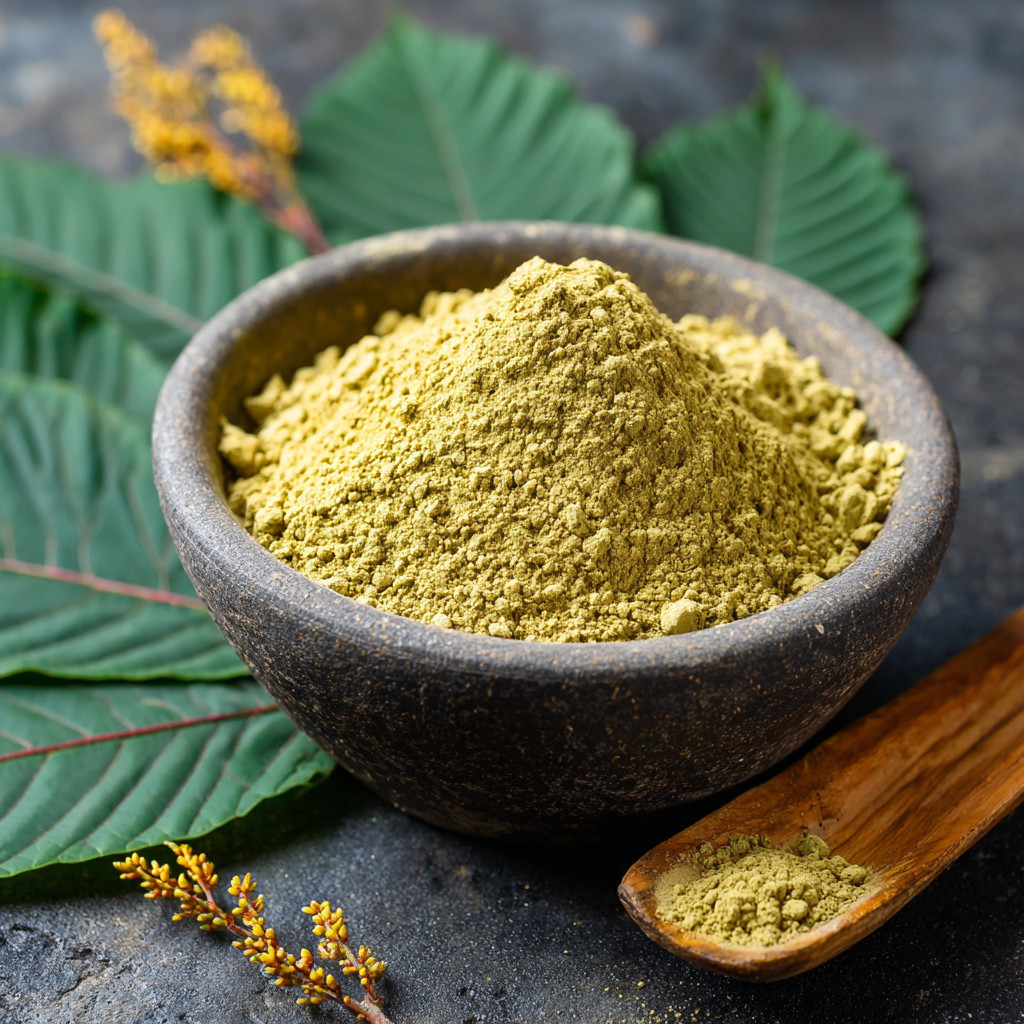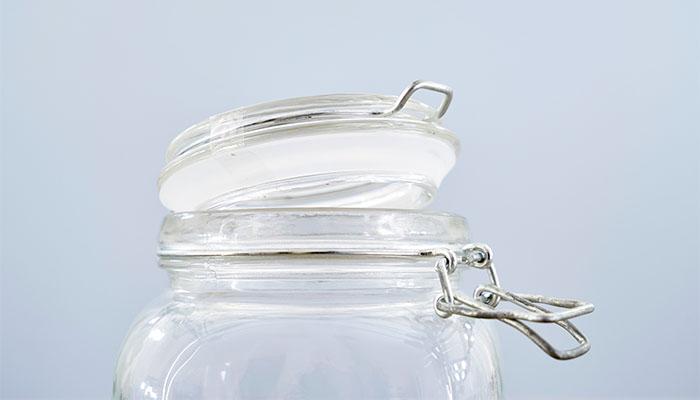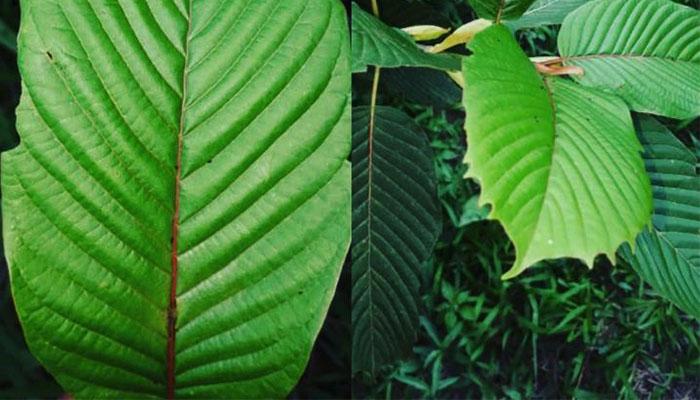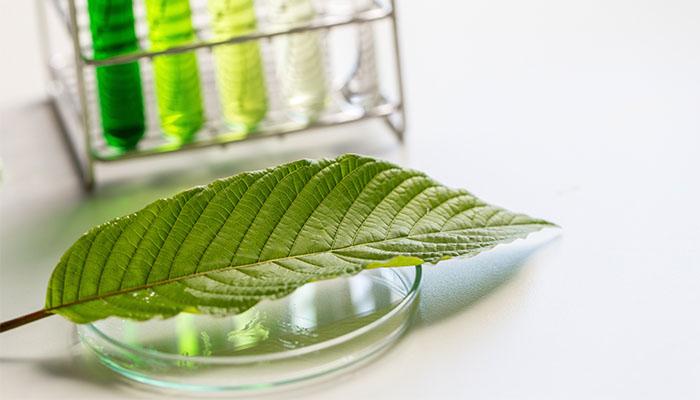Kratom vs. Kava
kratom
12 Apr, 2024
Kratom vs. Kava
If you’ve heard of kratom, you’ve probably also heard of Kava, and you may be wondering what the difference is between the two. Kratom and Kava have been consumed for centuries and are often used interchangeably or confused with one another. However, while they have similarities in appearance and some of their effects, they are different in many ways and unique in their own right.
In this article, you will learn:
- What is kratom?
- What is kava?
- What is the difference between kratom and kava?
- How are kava and kratom consumed?
- What is kava tea and kratom tea?
- How safe is kratom vs. kava?
What is kratom?
Kratom (Mitragyna speciosa) is an evergreen tree native to the rainforests of Southeast Asia and is part of the coffee plant family. Kratom leaves have been harvested for centuries by farmers in Southeast Asia, who have become experts in growing and producing kratom. The tree has been part of traditional culture for hundreds of years and is known for its medicinal properties; it was traditionally used to aid workers on farms and rice fields to help relieve joint pain.
What is kava?
Kava (Piper Methsycticum) is a plant of the pepper family native to the Western Pacific. These communities have been consuming Kava for years and traditionally would only consume it before an important religious ritual begins. Recently, kava has been mixed with beverages and brewed in tea to be drunk socially and enjoyed as a relaxant.
What is the difference between kratom and kava?
While kratom and kava have many similarities, they differ in their effects, chemical composition, and processes.
Taste of kava vs. kratom
Kratom and kava are both known for their earthy, bitter taste. Most people find that kava has a more potent taste than kratom. Mixing ground or powdered kava root with water turns into a brownish mixture that resembles mud; most people can’t consume it without adding flavor. While kratom tastes similar, it has a slightly less bitter flavor, which means some people can drink it solely with water.
How can I tell the difference between kratom and kava in taste?
You need to be familiar with both flavors to tell the difference between kava and kratom, as they are similar. The one with the more potent, earthy, bitter taste will be kava.
Effects of kava vs. kratom
Kratom and kava have some similar medicinal properties, such as relief from discomfort. However, kava is less potent than kratom. This means kava has more calming properties, while kratom can boost energy and focus and is reported to offer stronger relief from discomfort due to injury or chronic conditions.
This is because kratom is very dose-sensitive; it has a stimulant-like effect in lower doses, whereas it has more of a soothing effect in higher doses. In comparison, kava’s effects are more consistently sedative.
Composition of kava vs. kratom
The main difference between kratom and kava is in their chemical properties and how they react with the brain. Kratom contains the alkaloids mitragynine and 7-hydroxymitragynine, which interact with opioid receptors in the brain. Opioids are what modulate how we respond to pain. This means kratom’s effects if taken in massive doses, can be similar to opiates.
Kava’s chemical composition is very different from kratom’s. Kava contains kavalactones, and the active ingredients vary depending on the variety of the plant. The kavalactones interact with the limbic system, the part of our brain that deals with emotions, by binding to the receptors in the amygdala.
Intensity of kava vs. kratom
The intensity of effects felt from both Kratom and Kava are very similar. For both, the effects are typically felt within 30 minutes of consumption and usually last between three to six hours.
The sensations are expected to resemble calmness, relaxation, and euphoria. The intensity of these effects depends on the dosage, but they are generally mild to moderate.
How are kratom and kava consumed?
Traditionally, kratom and kava were both chewed, but they are consumed in several other ways today.
Kratom can be taken as a powder, capsule, extract, or in edible form. The powder form is the most popular way to consume kratom, as it can be mixed in with beverages or taken as a “toss and wash” for those who don’t mind the taste. You can also brew kratom leaves in tea.
Kava was traditionally consumed by chewing it into a pulp and spitting it into water. It is consumed in capsules, kava root powder, pre-made liquids, extracts, and teas.
What are kratom and kava tea?
Kratom and kava tea are teas made by brewing the powders of the kratom leaves and the kava root in hot water and straining. Tea is an easy and delicious way to enjoy both kratom and kava.
How safe is kratom vs. kava?
Both kratom and kava are reported to be very safe. Like any individual dose of a plant product, as long as kratom and kava are used in moderation, there should be no adverse side effects or dangers to safety.
Many people wonder whether it is safe to combine the two. While it isn’t remotely unsafe, taking kratom in tandem with kava may maximize their individual effects. This could be beneficial in experiencing the full extent of the wellness benefits that kratom and kava contain.
Choose what feels right for you
Kratom and kava are two very different and unique compounds, yet their effects have similarities. Both kratom and kava are valuable plants that help many people daily. It is worth trying both kratom and kava to figure out what works best for you, depending on your needs. Your journey to discover kratom can best be discovered at Kingdom Kratom!








